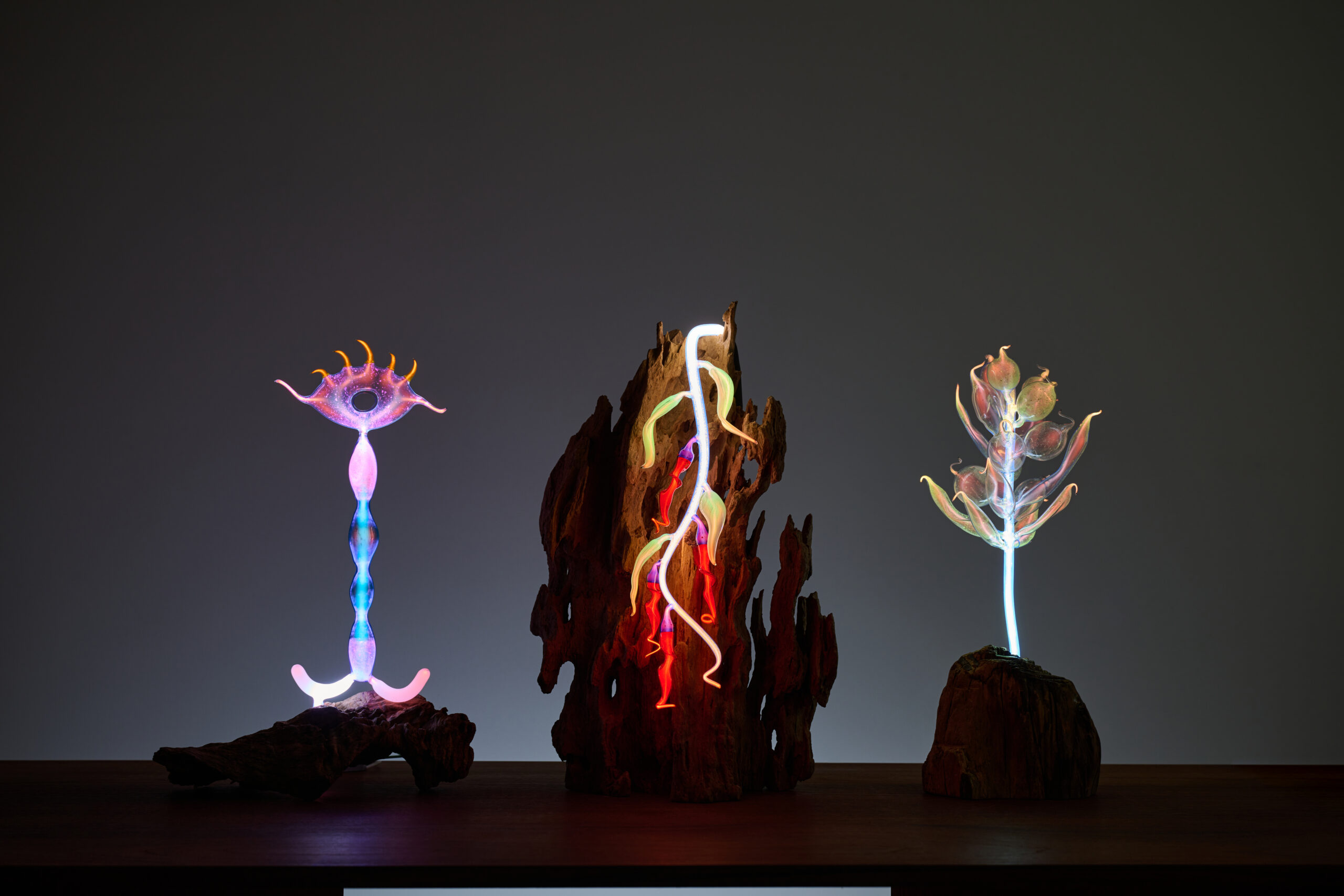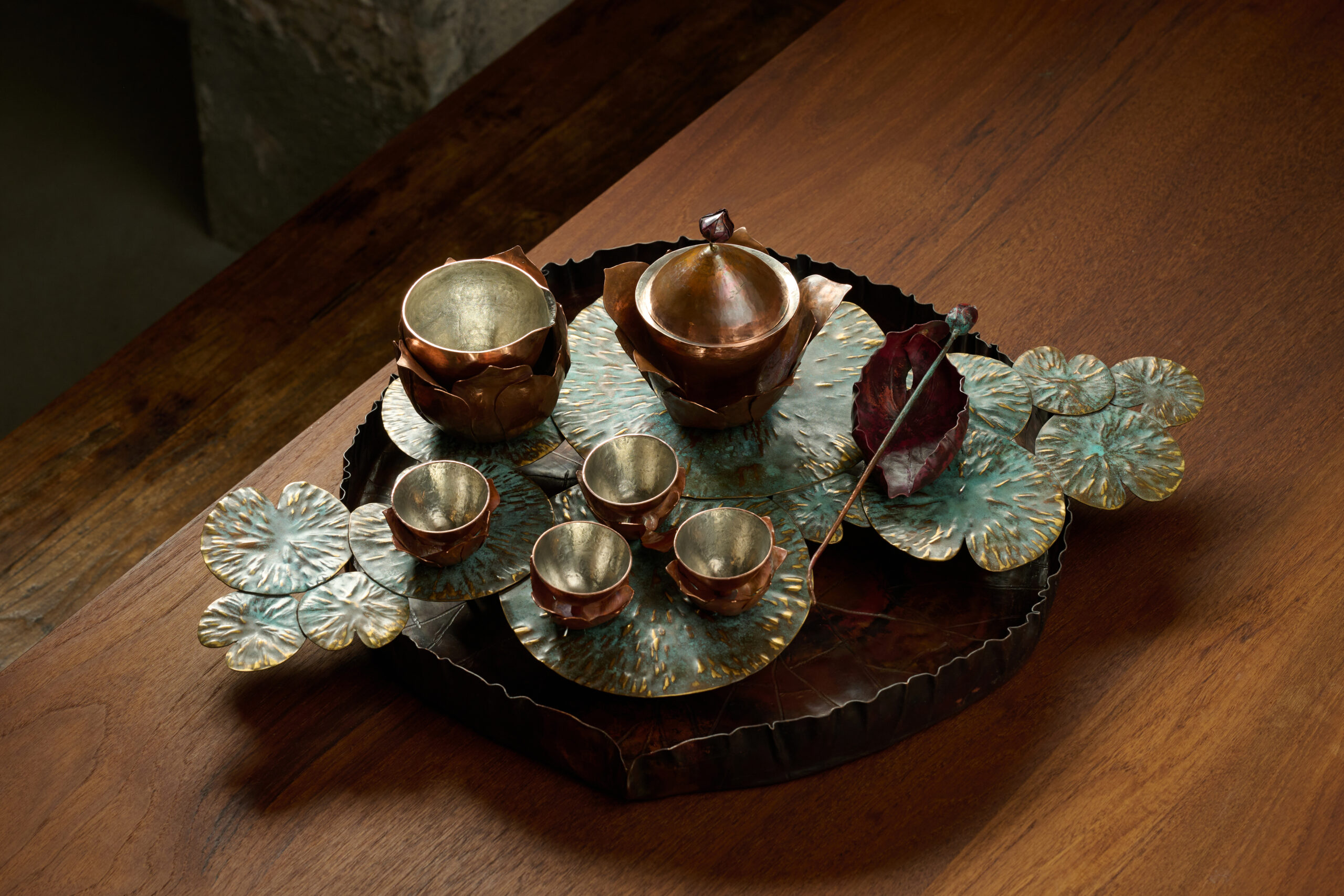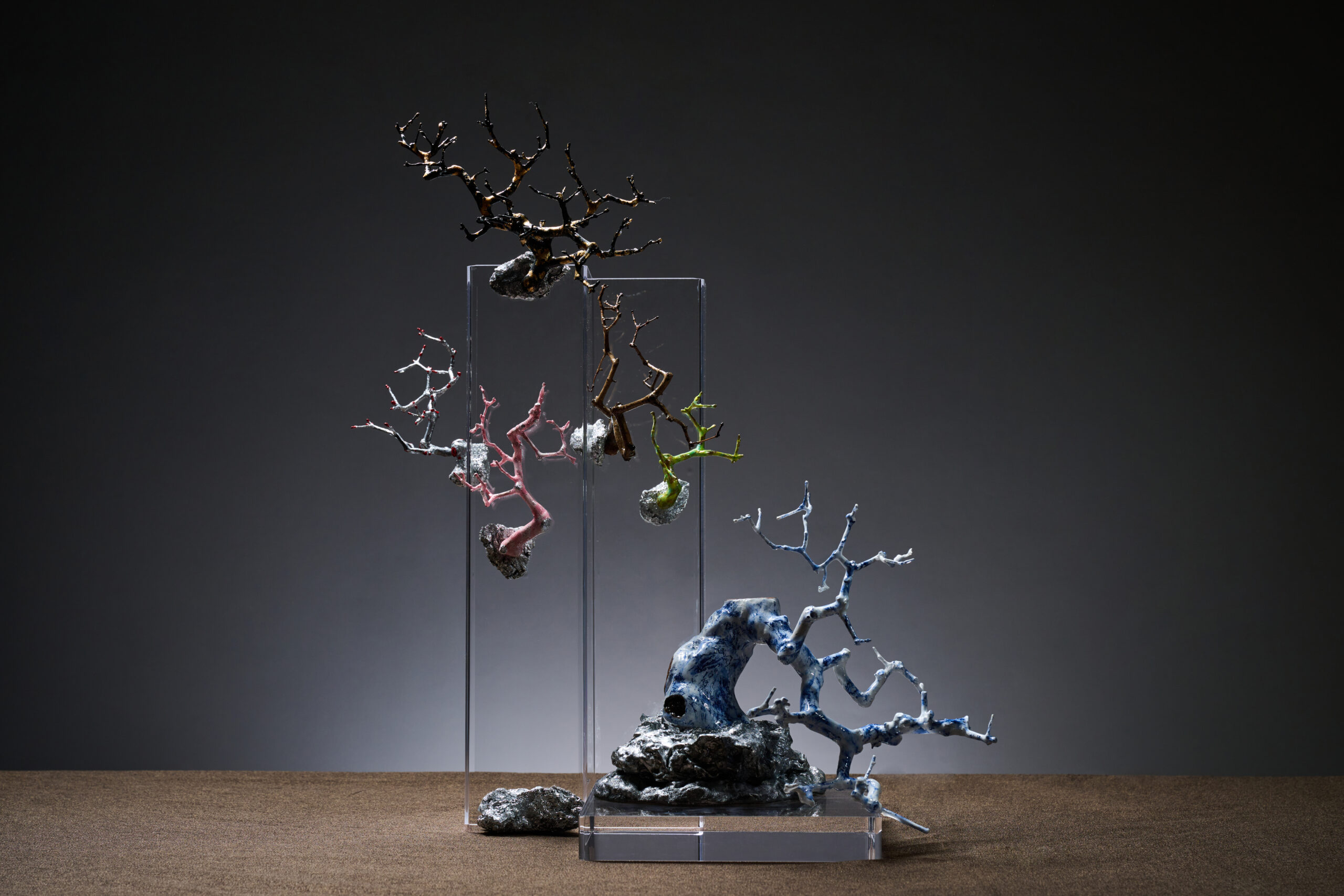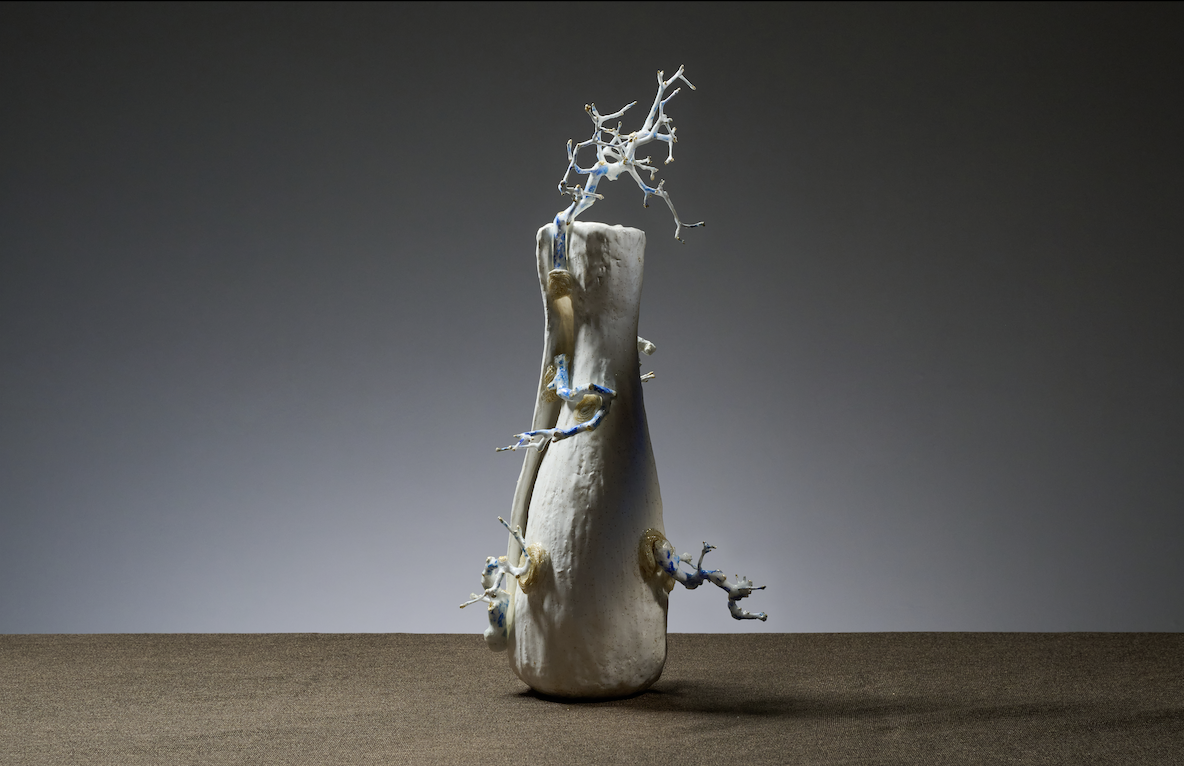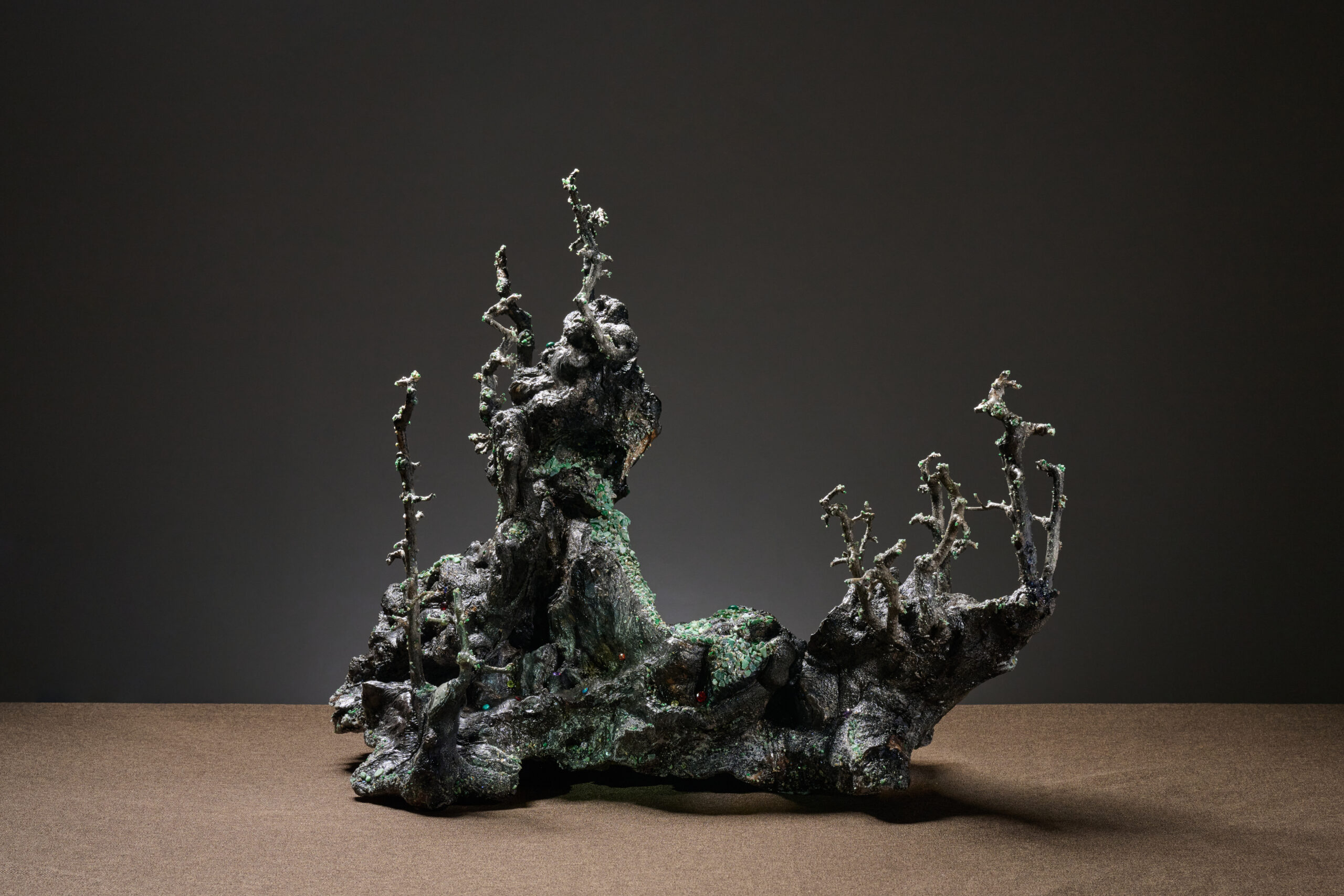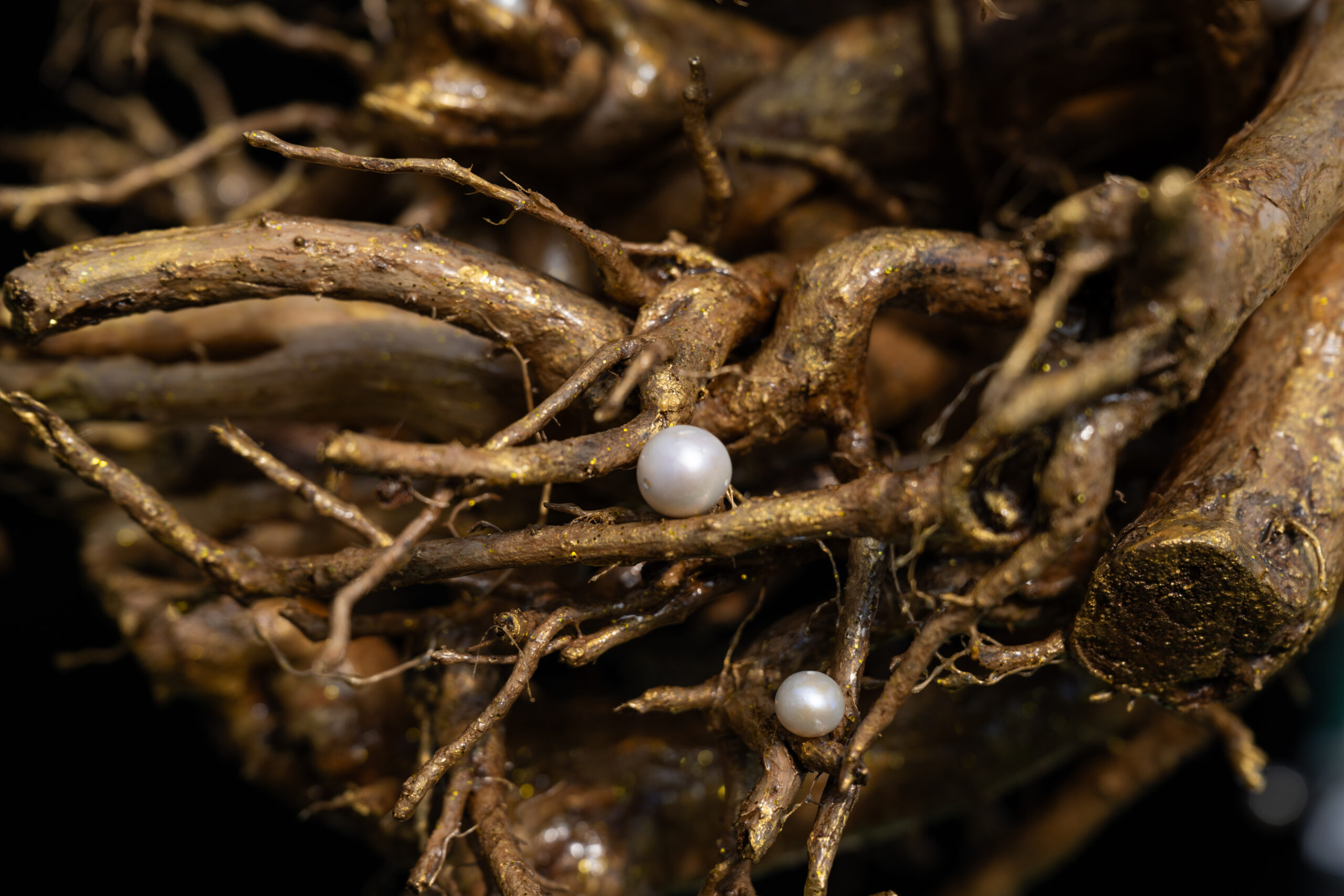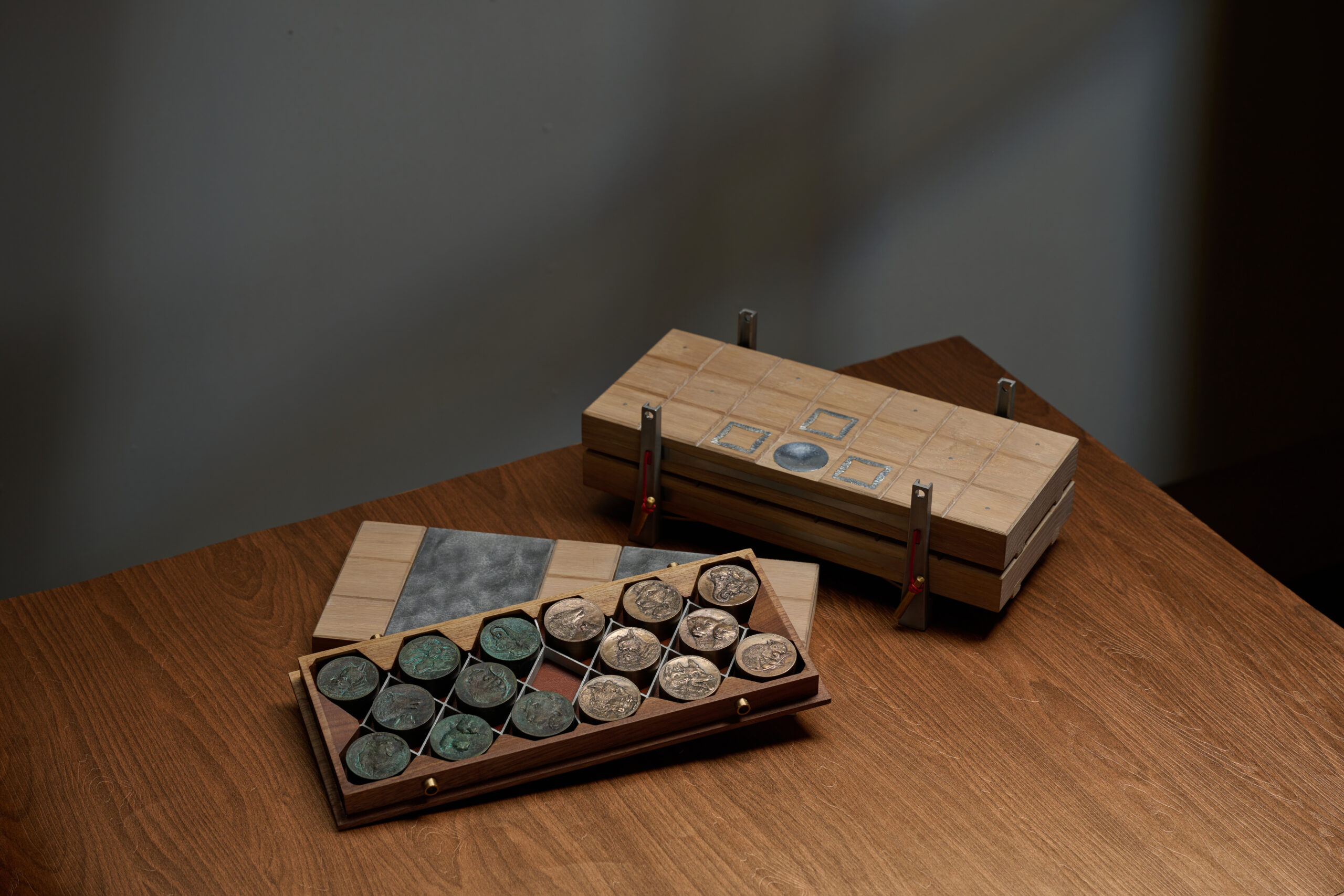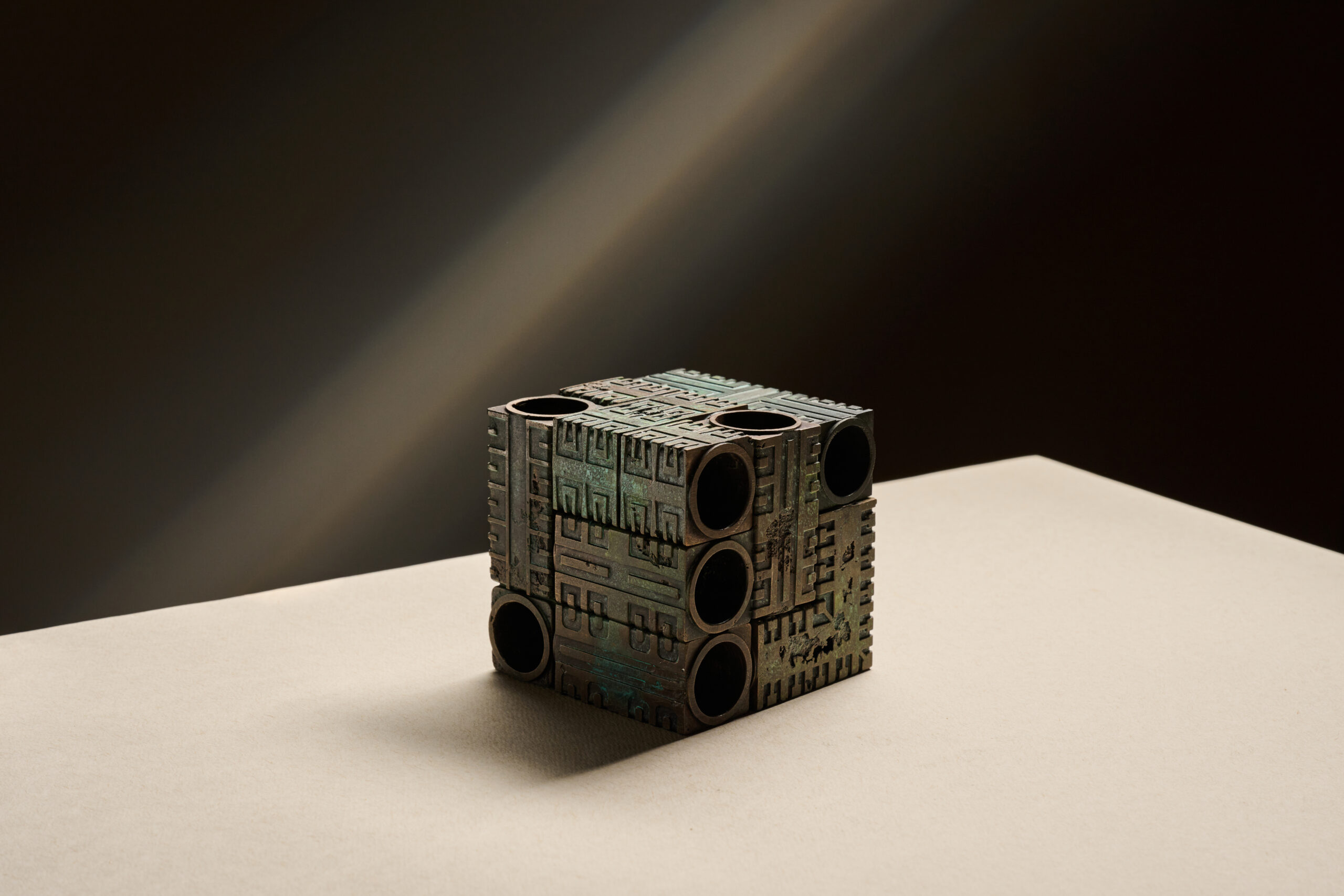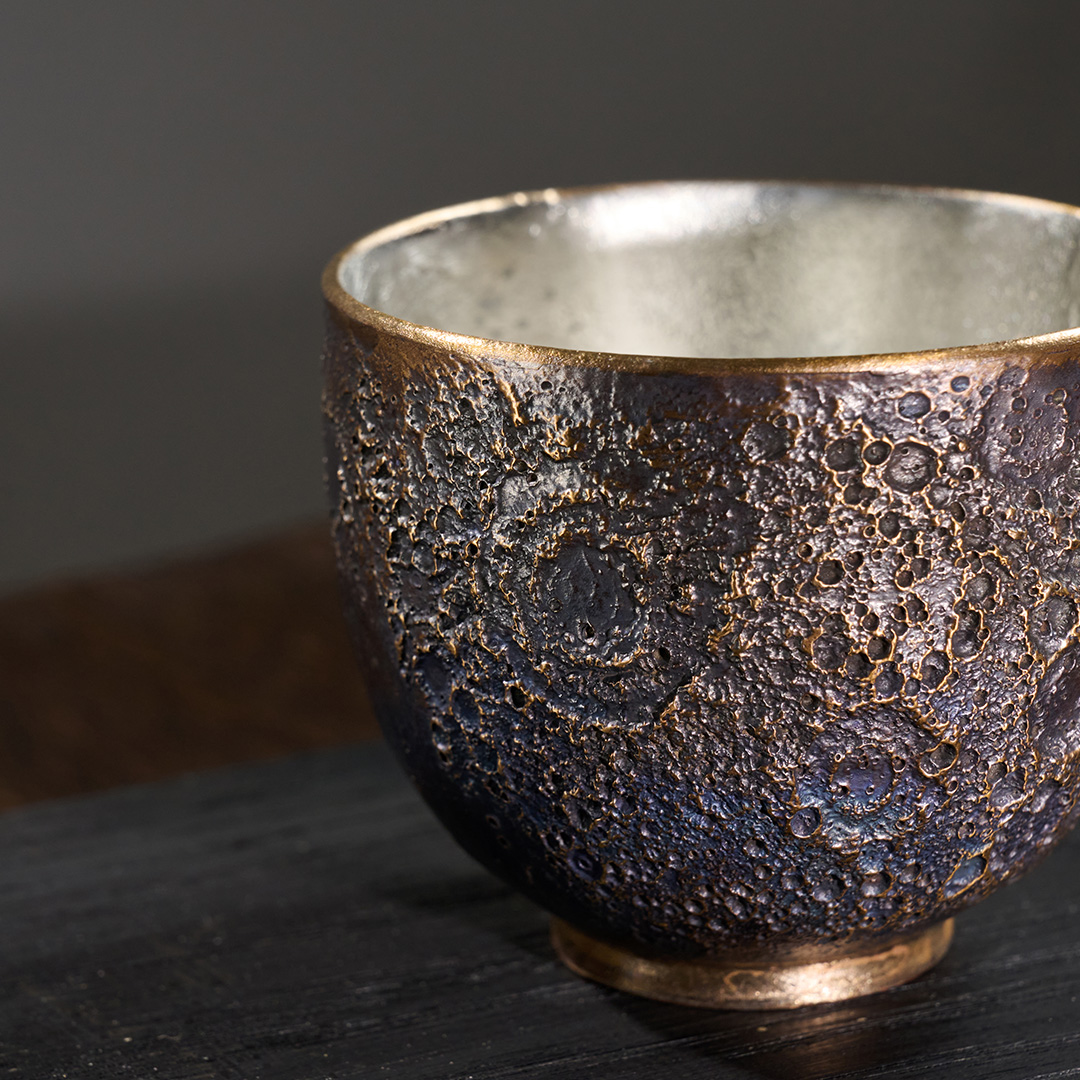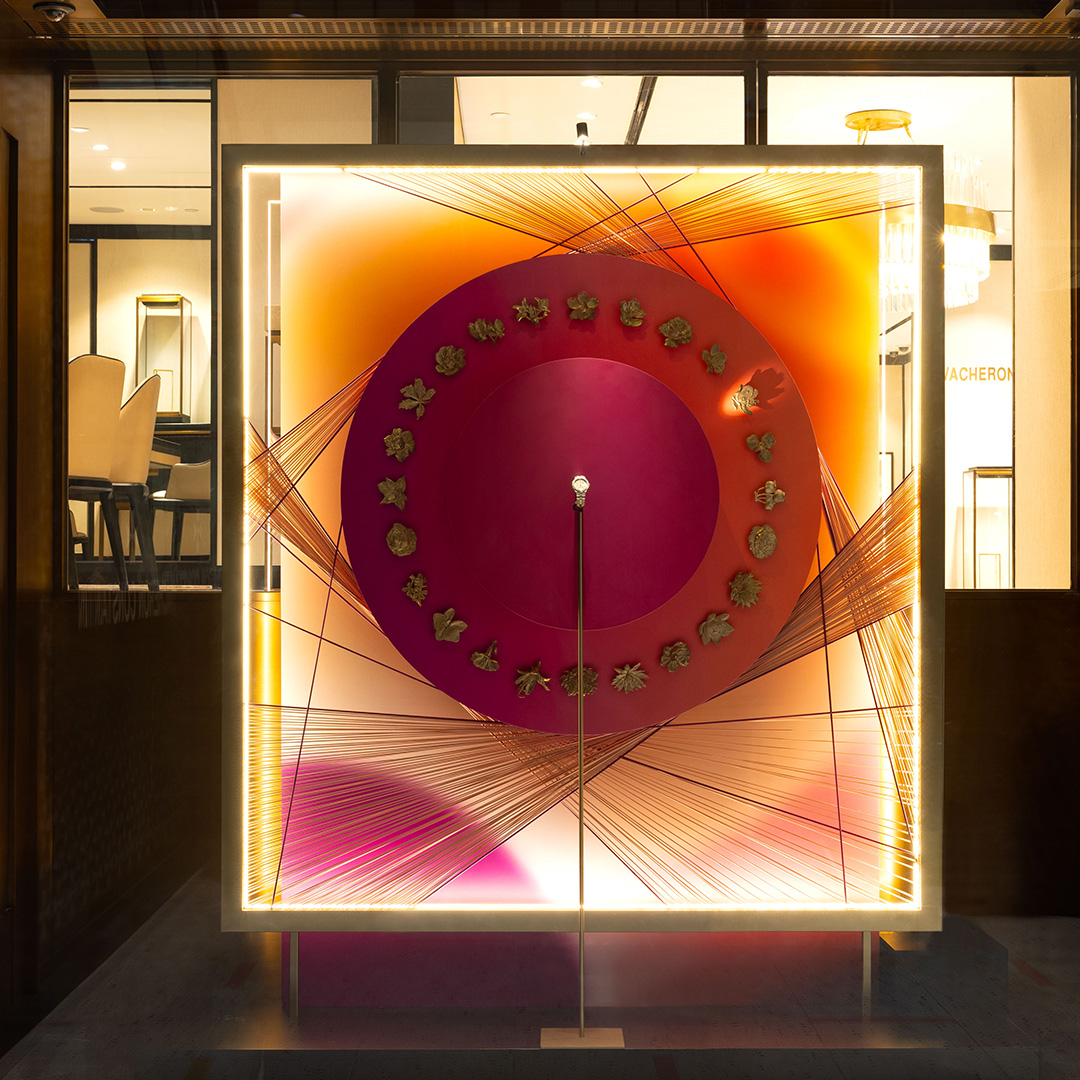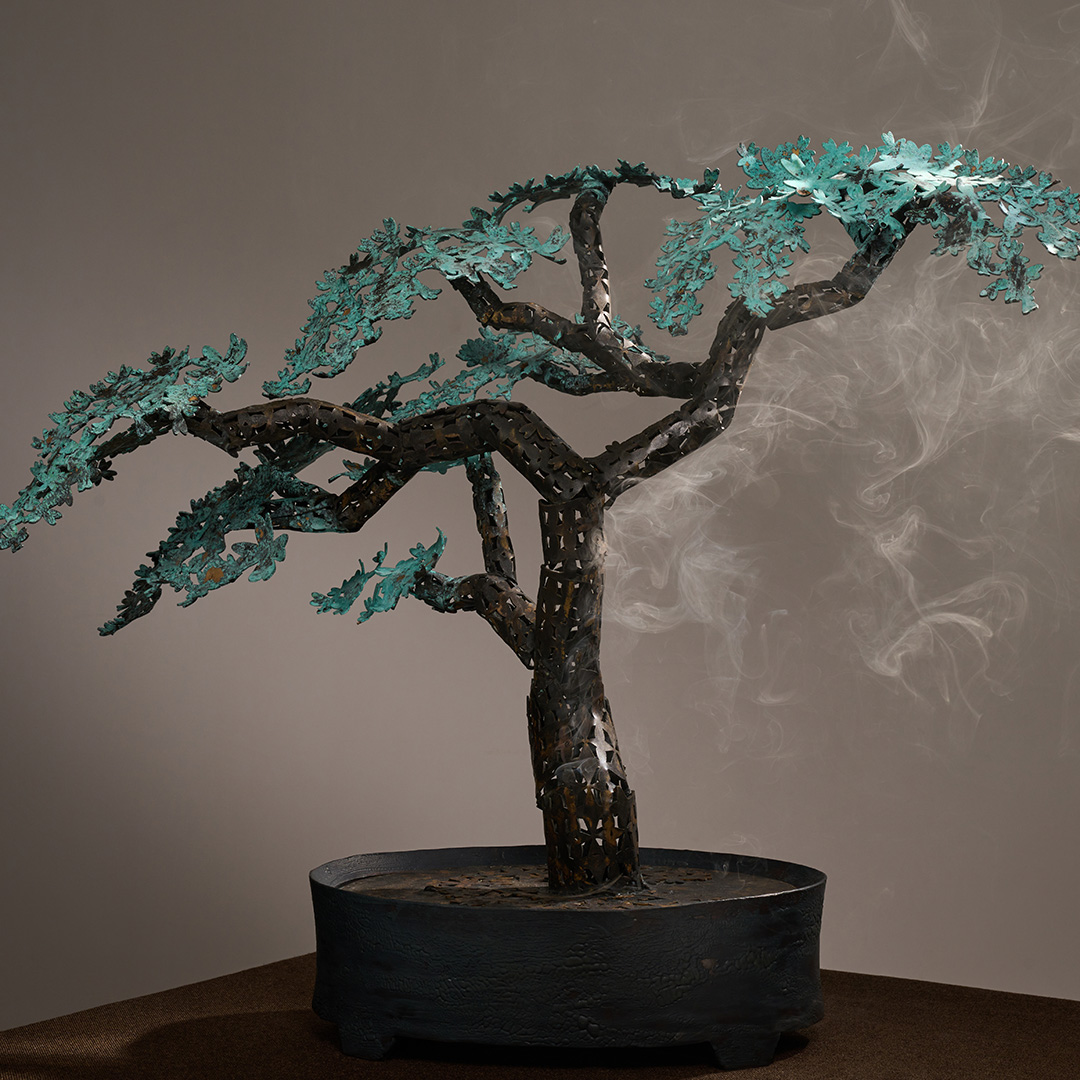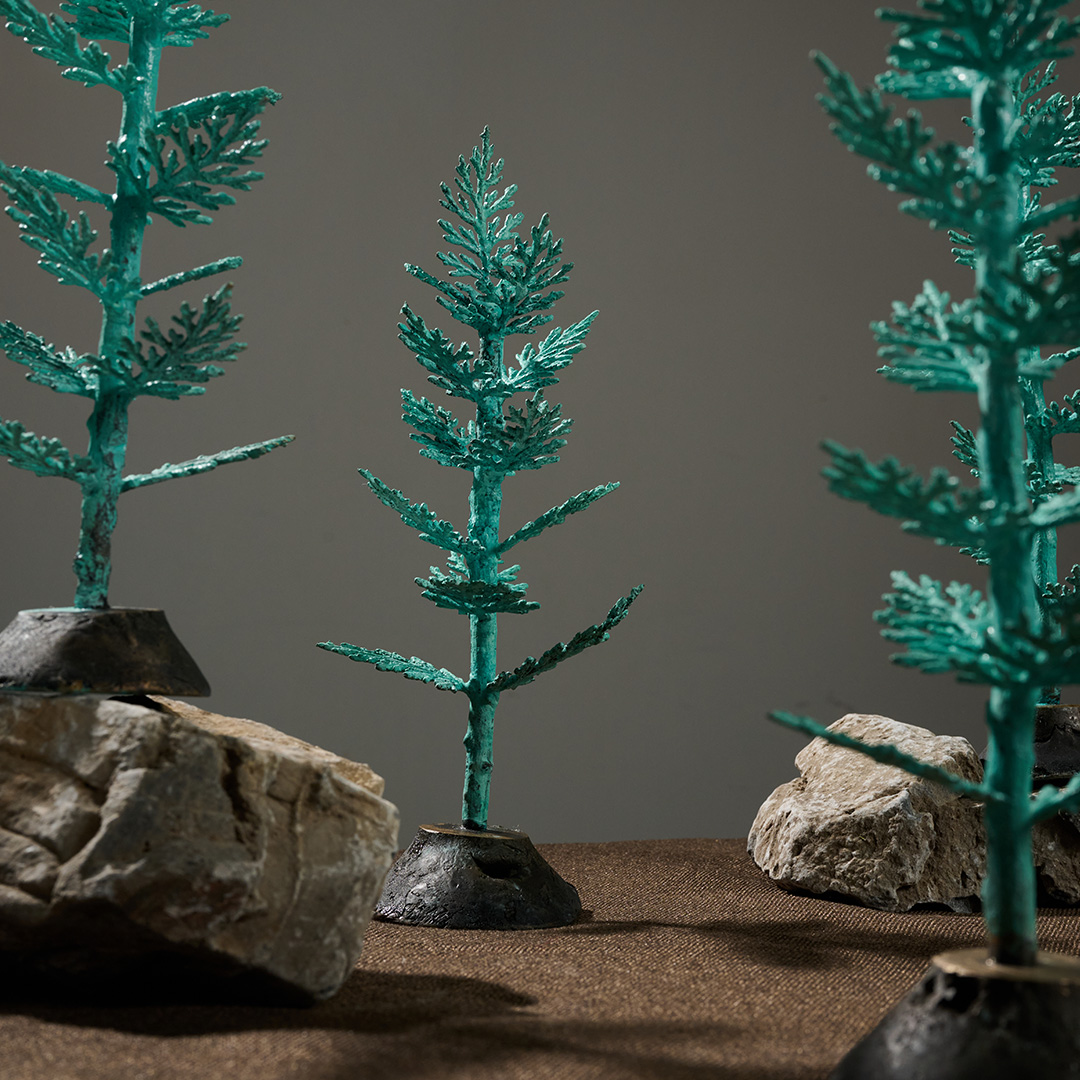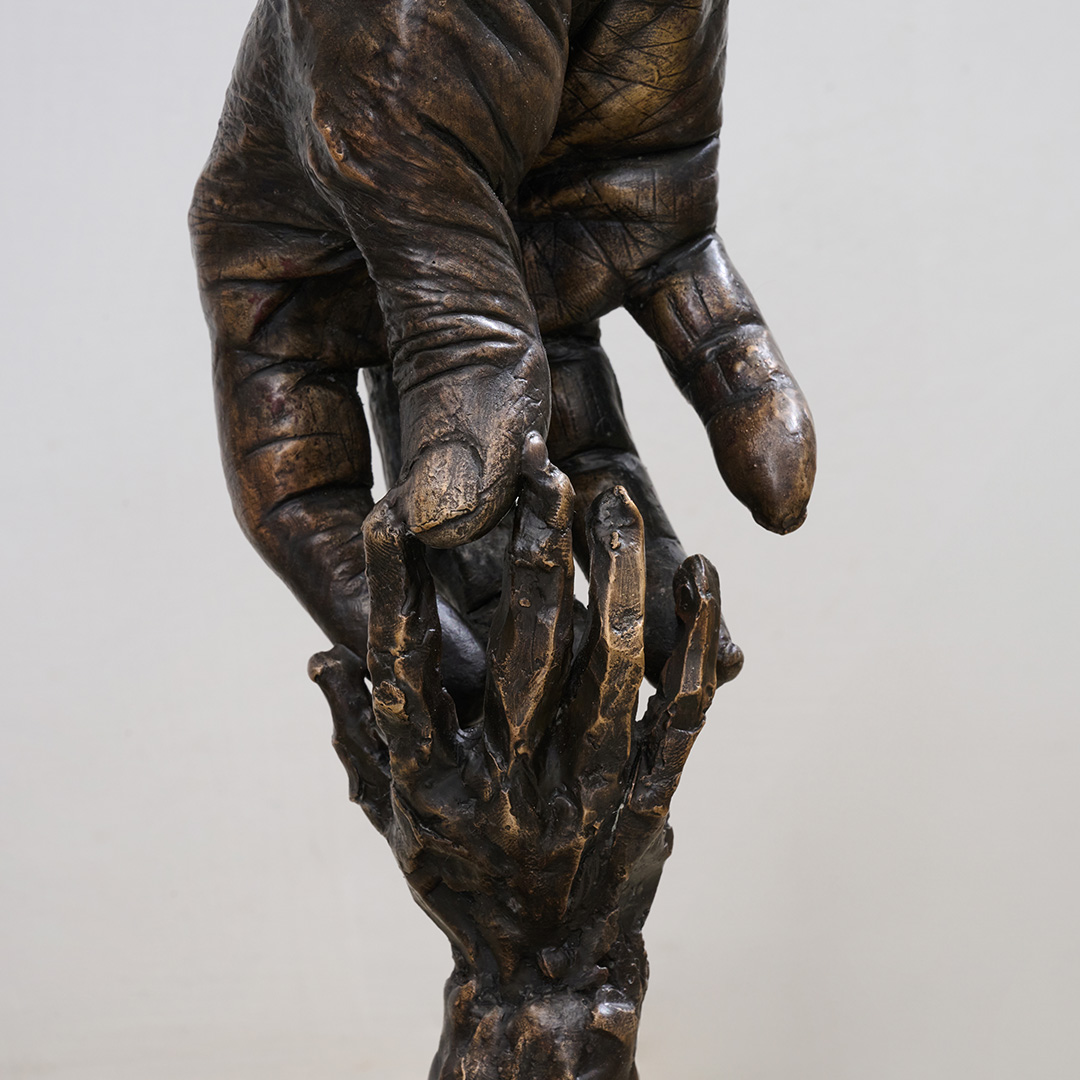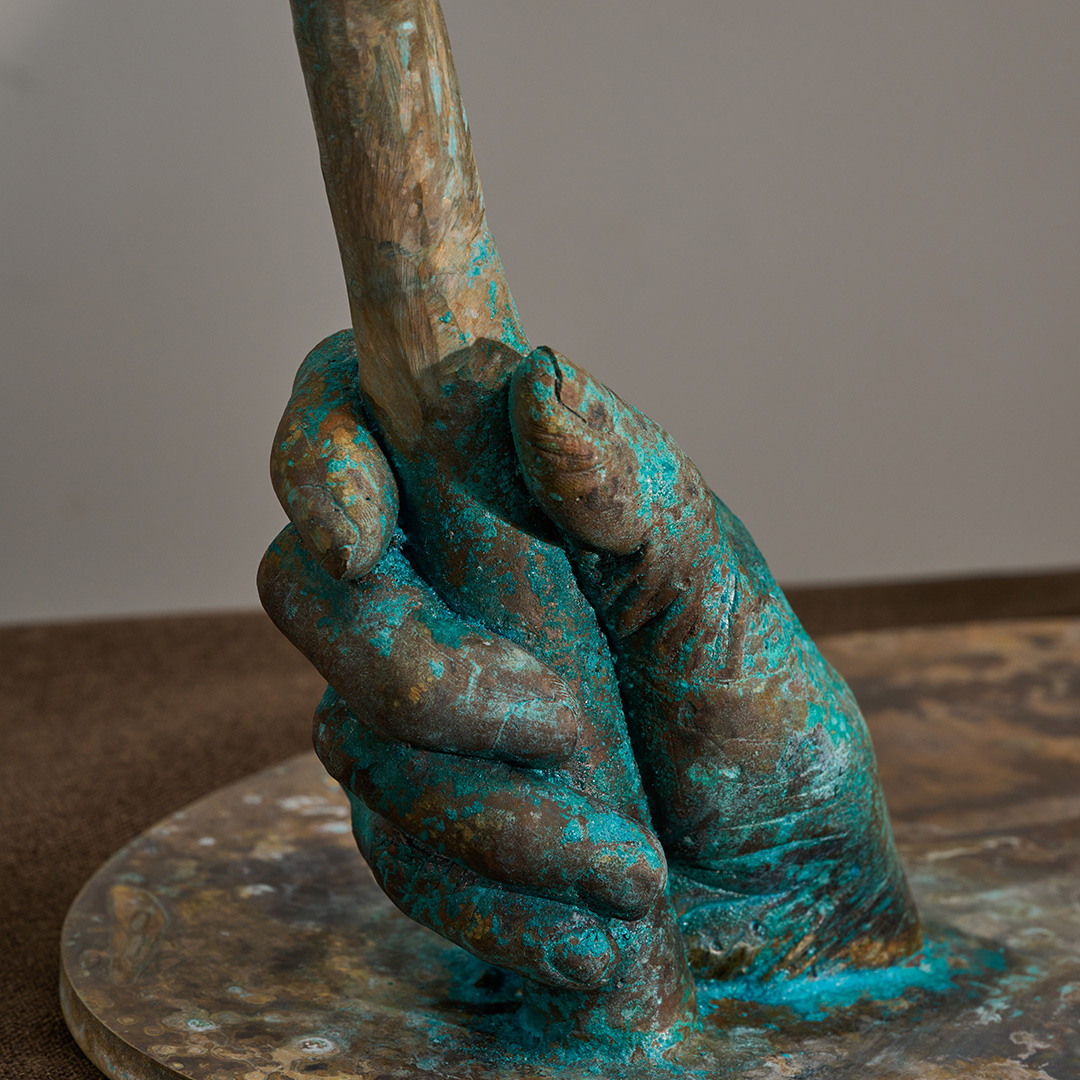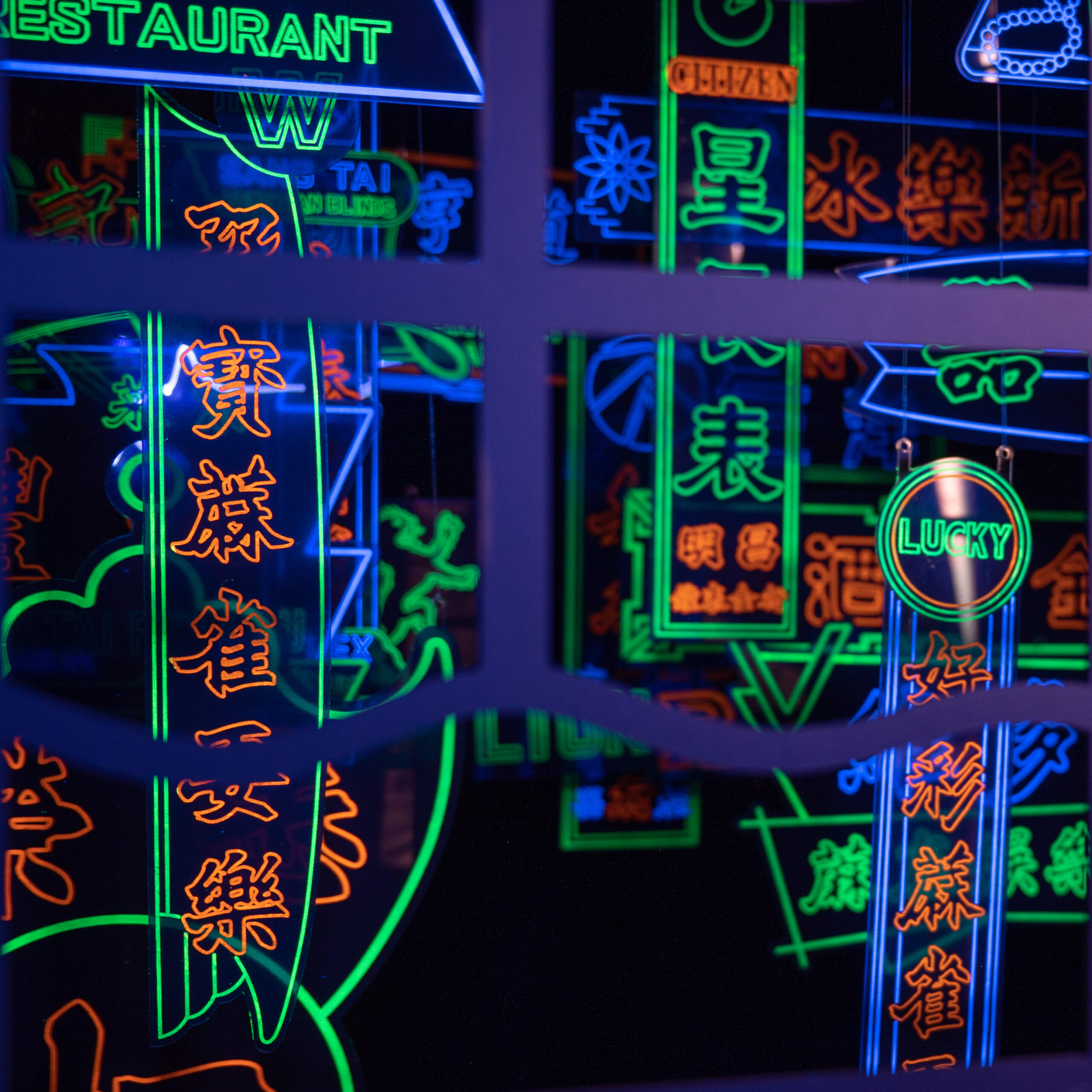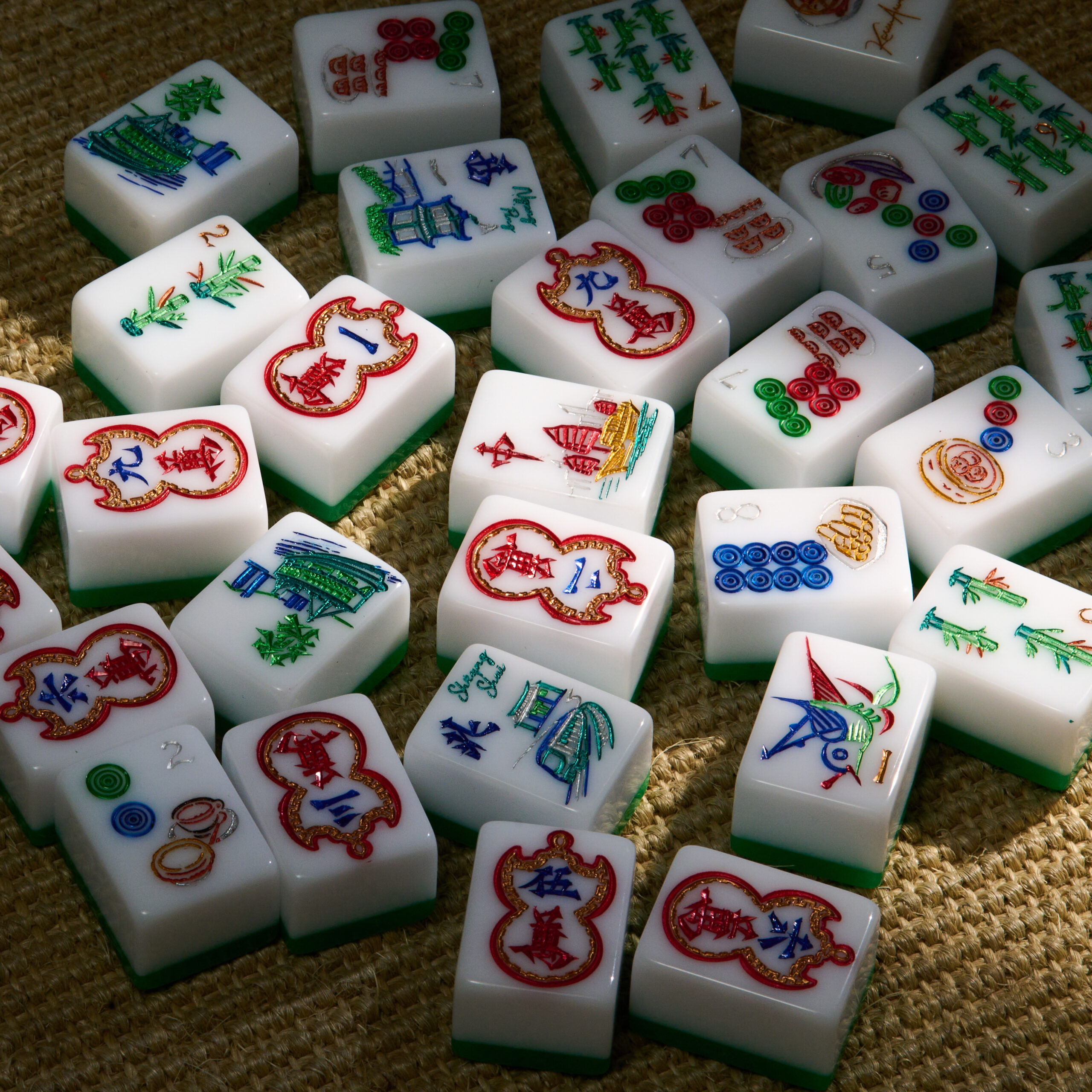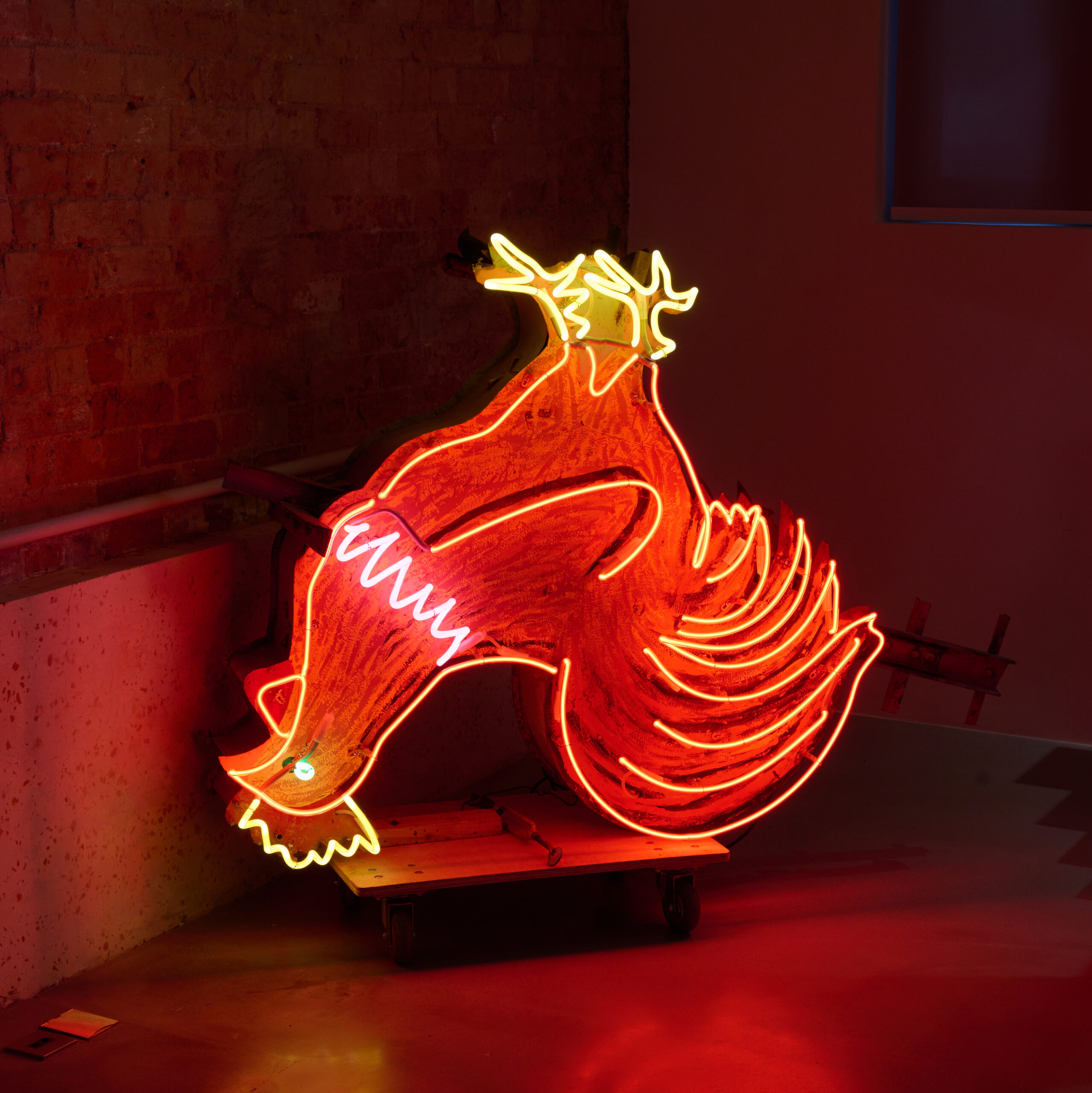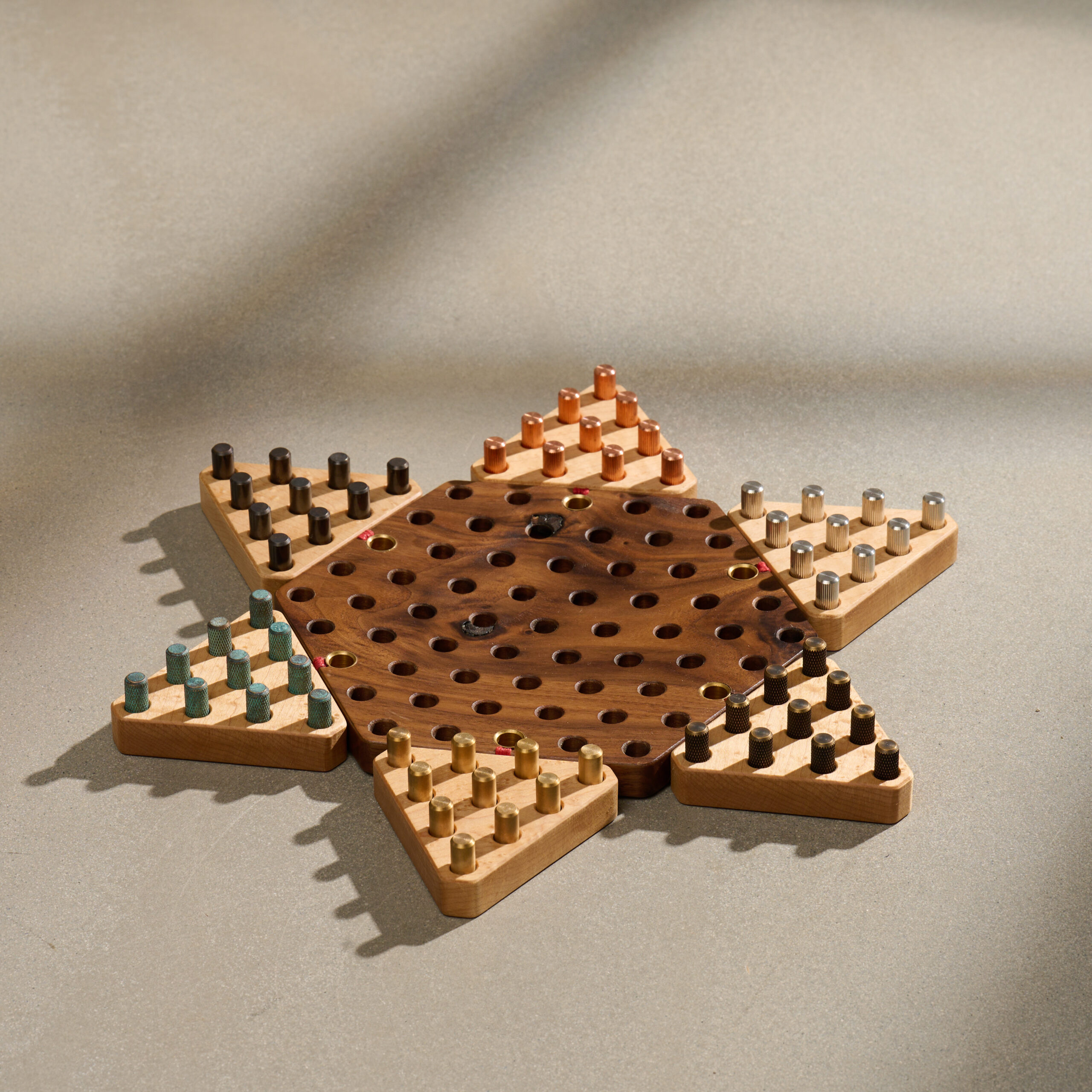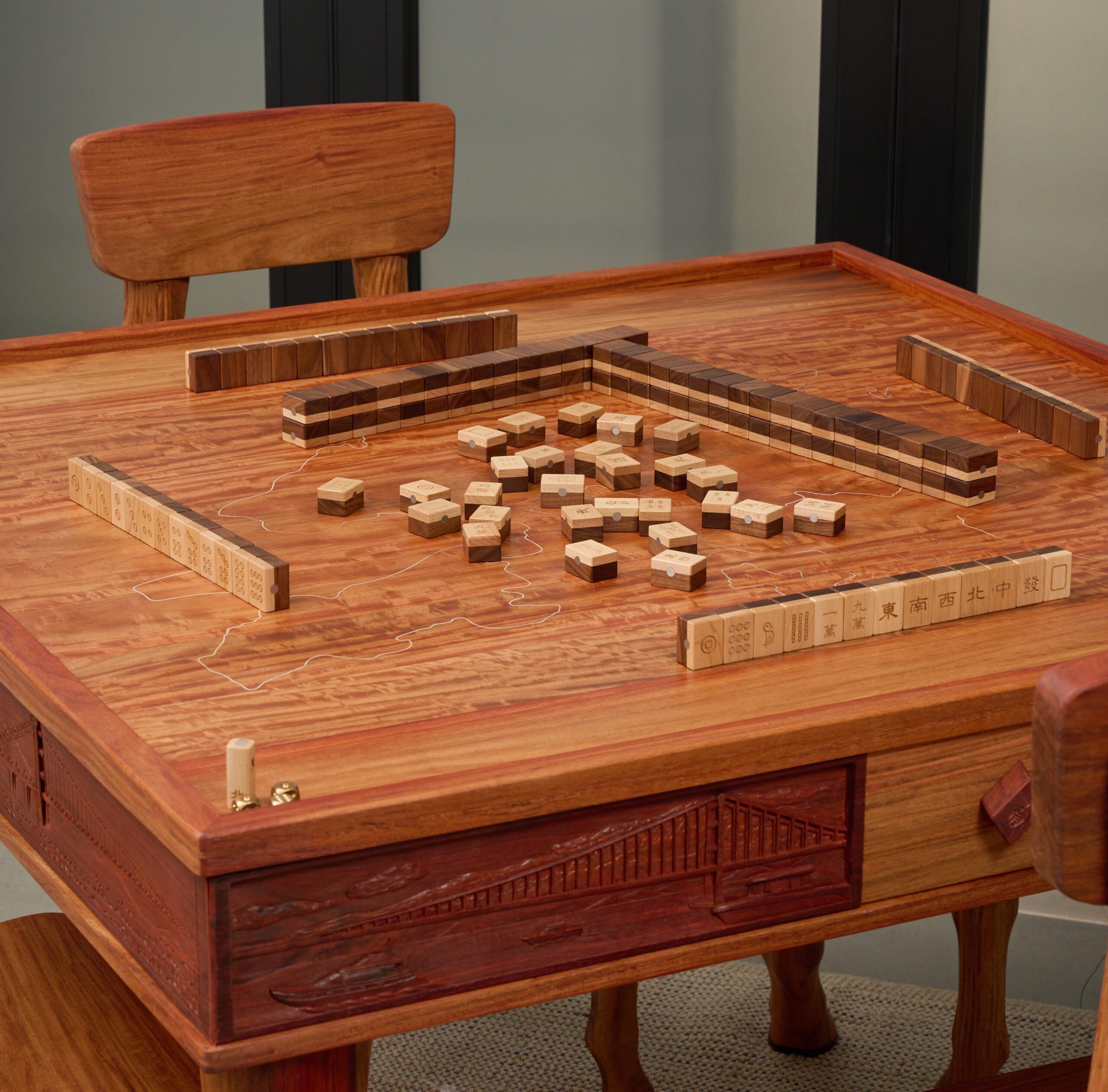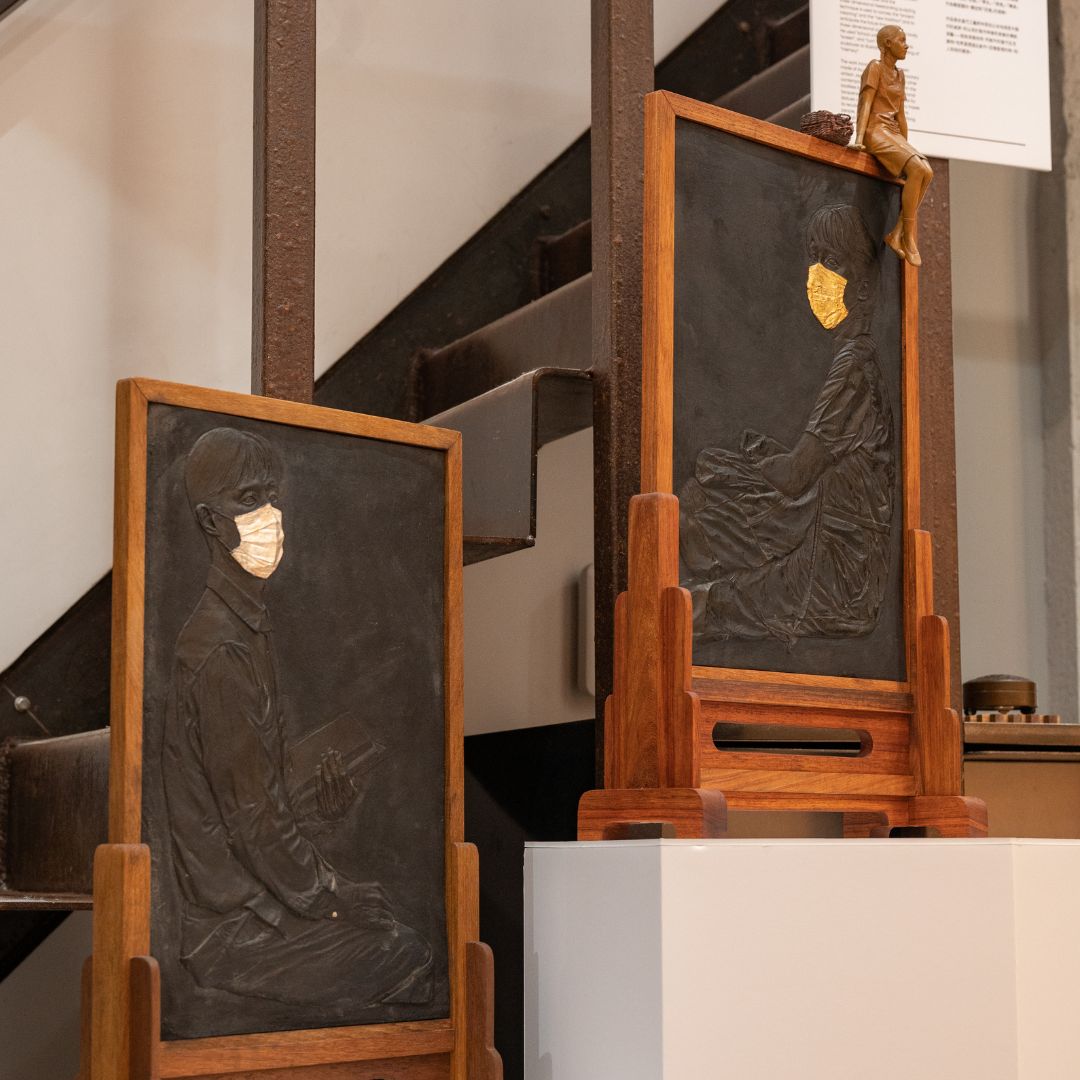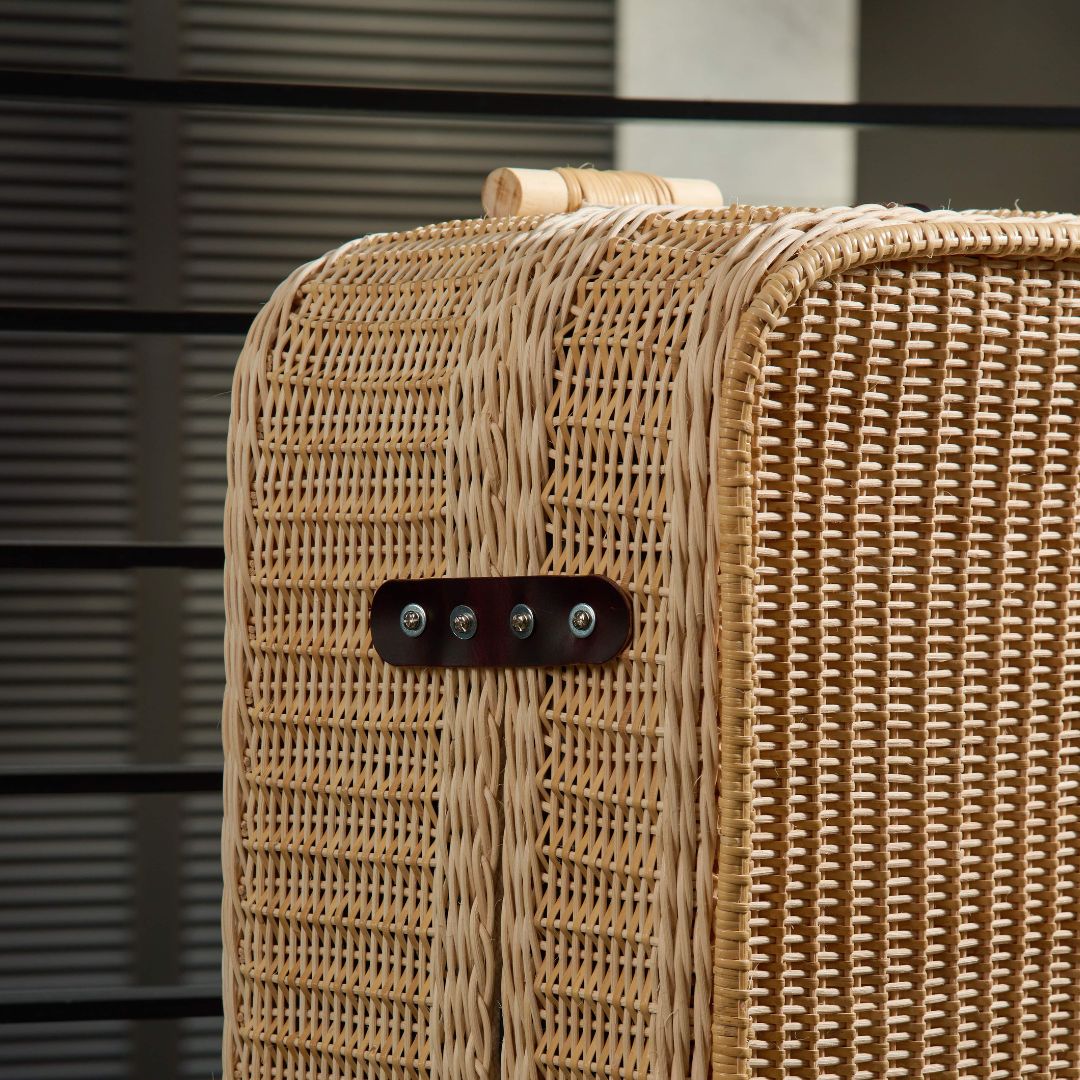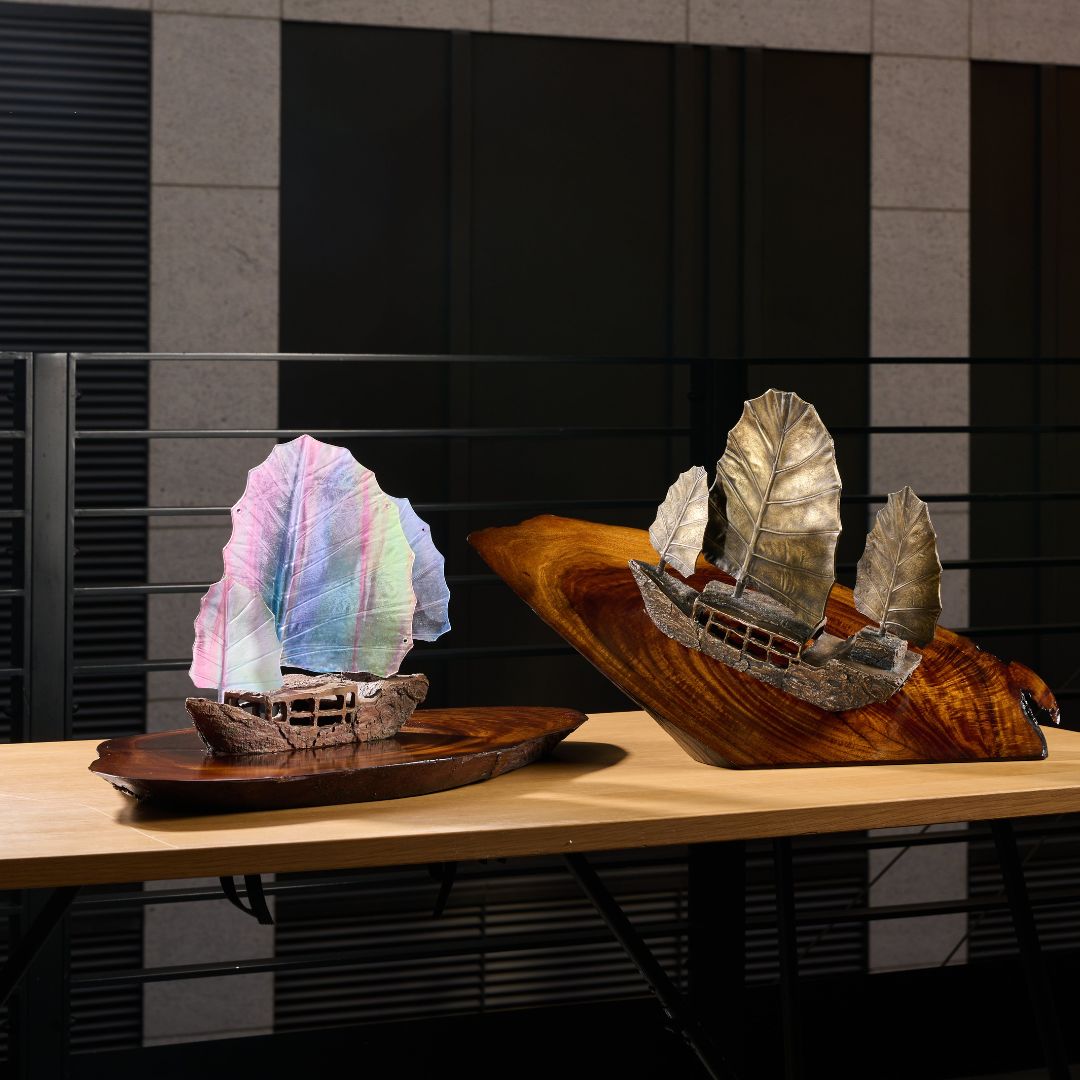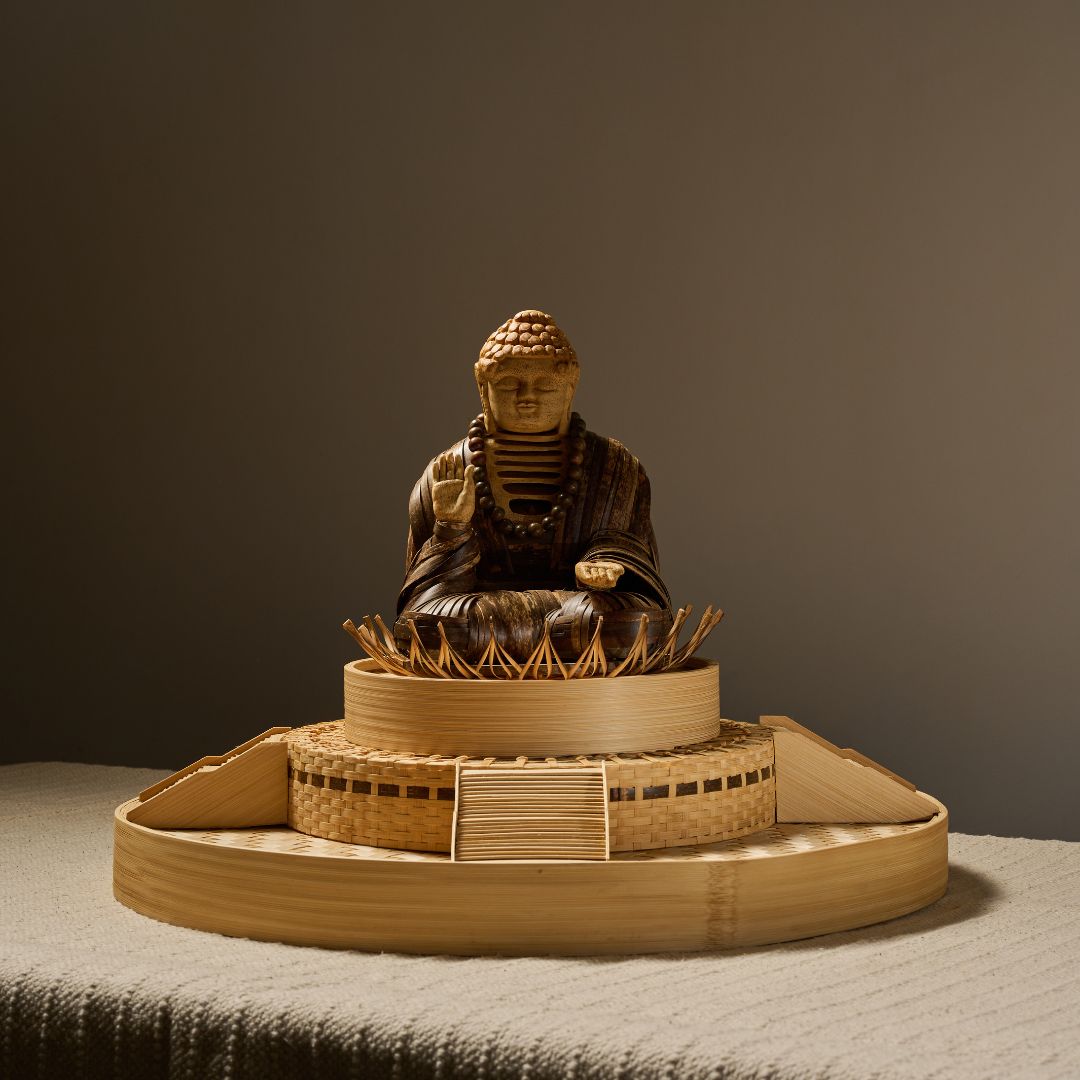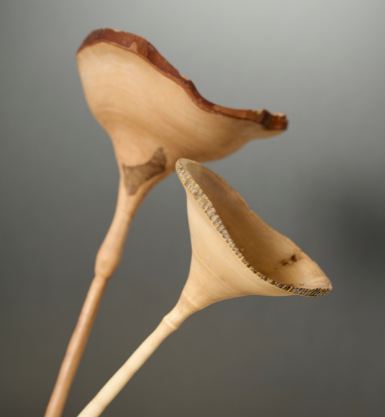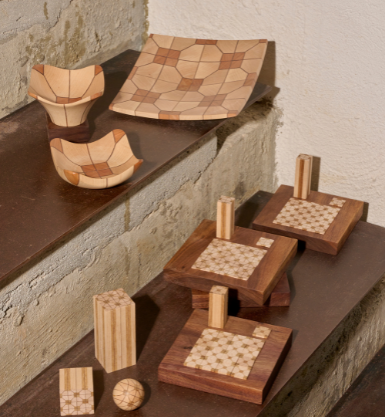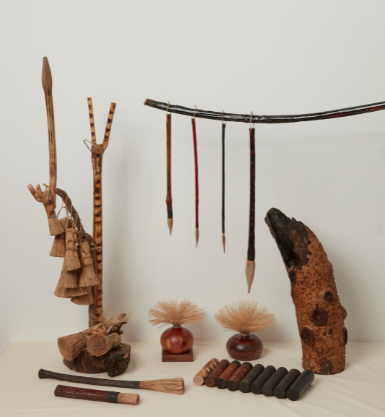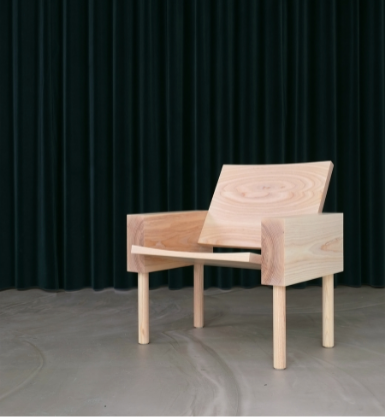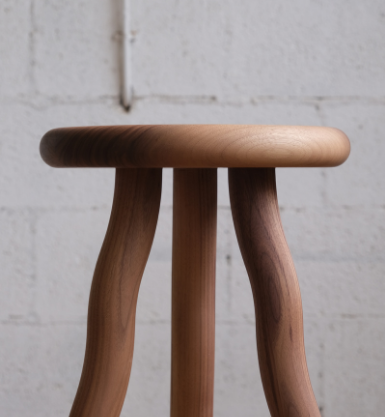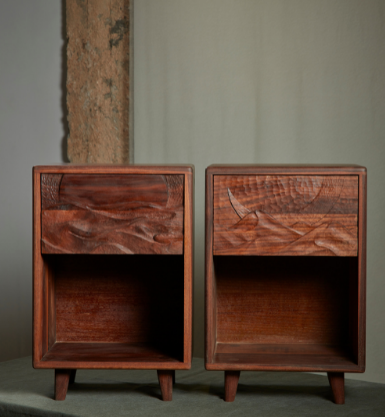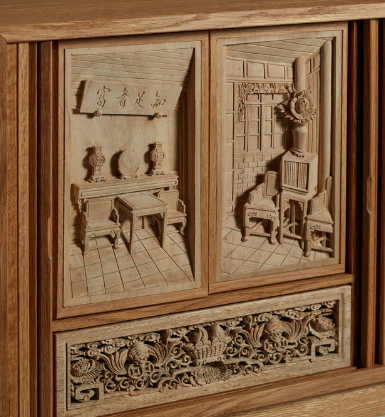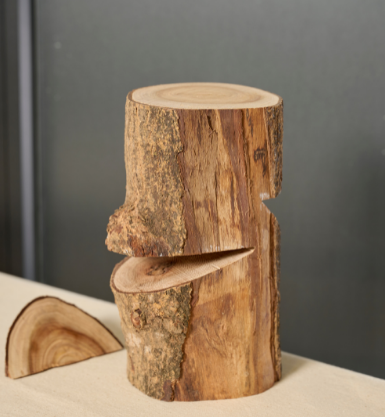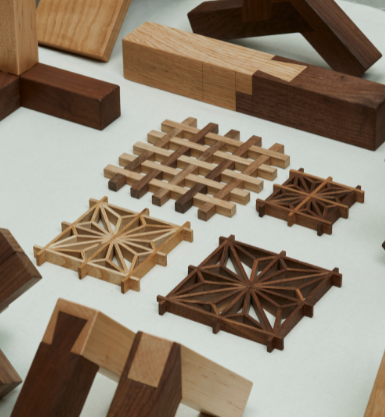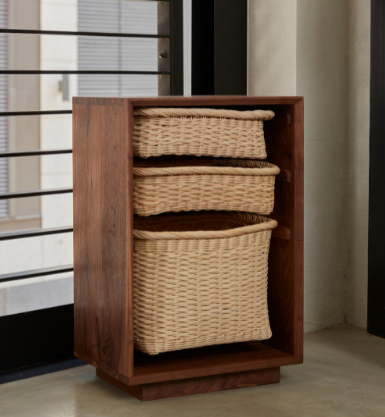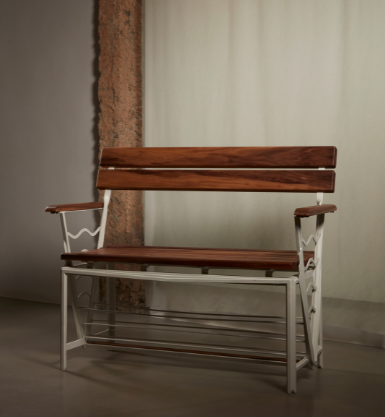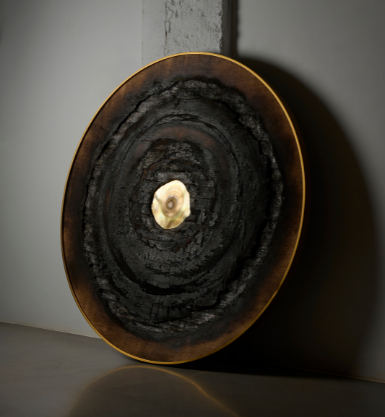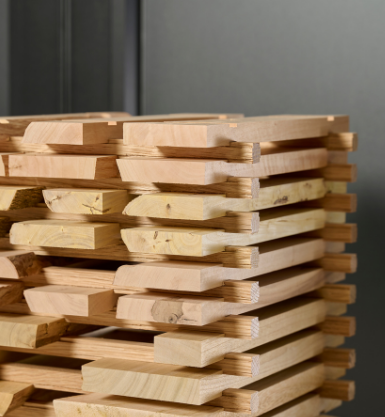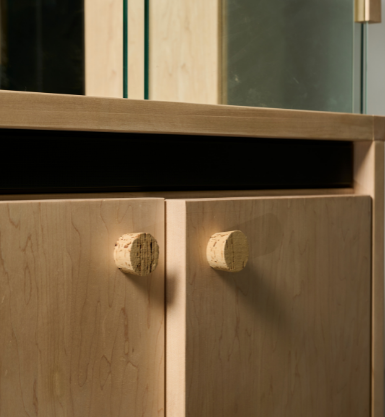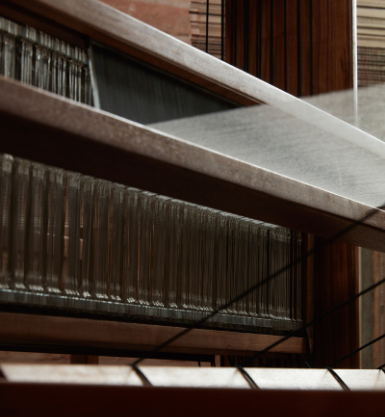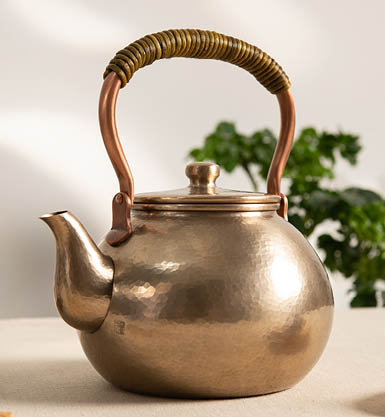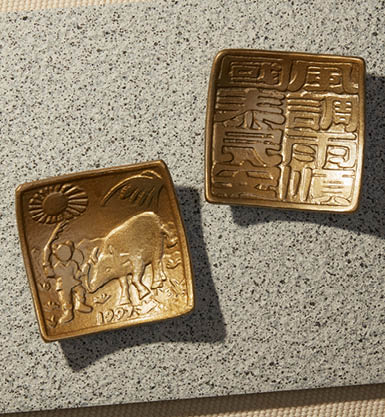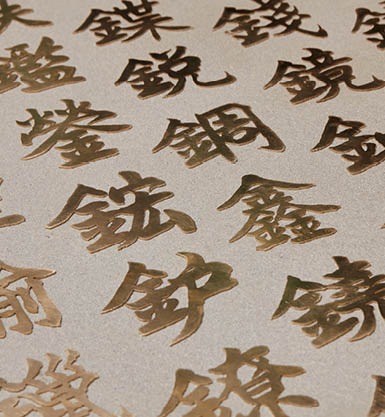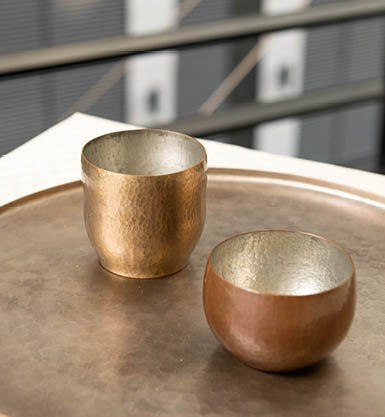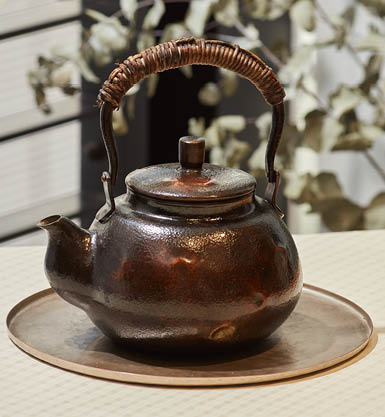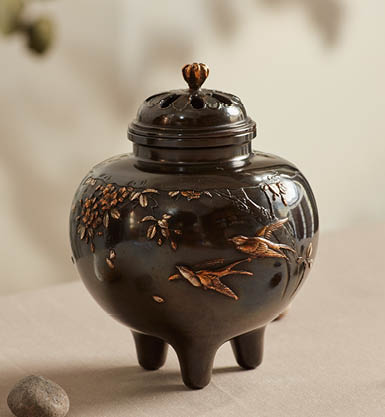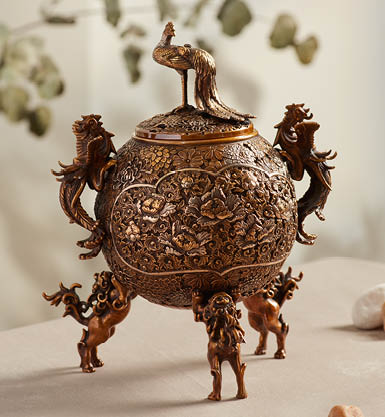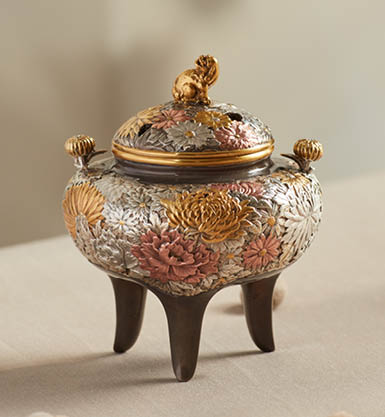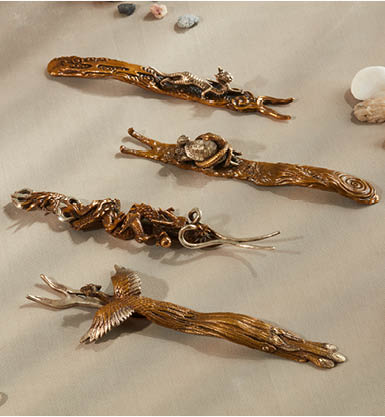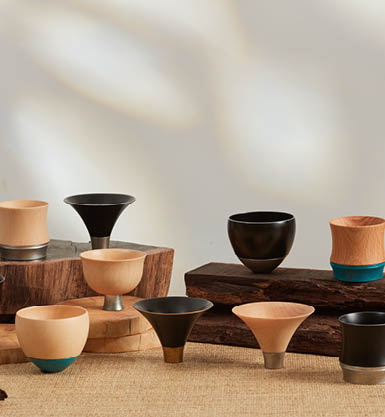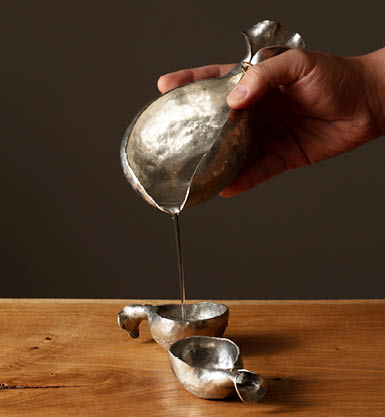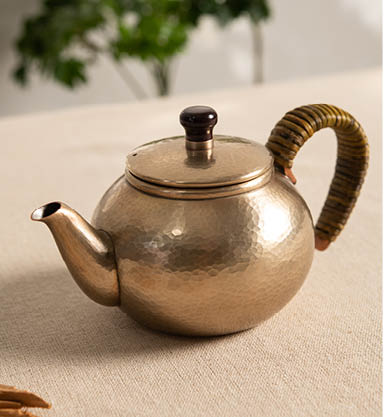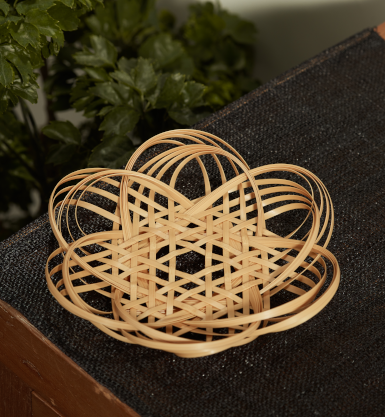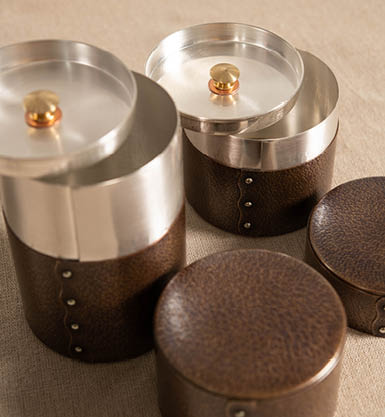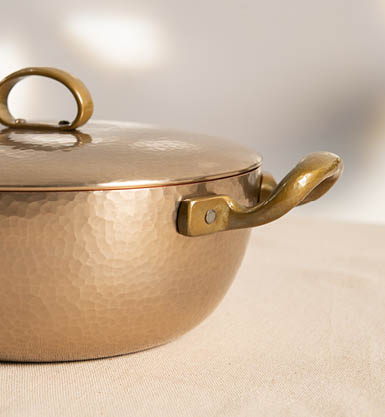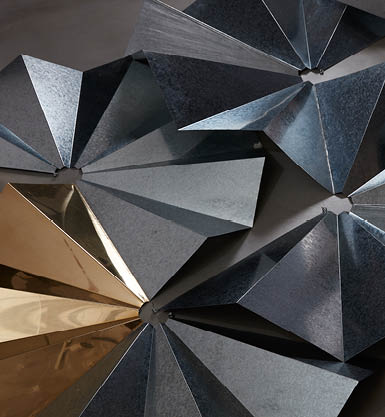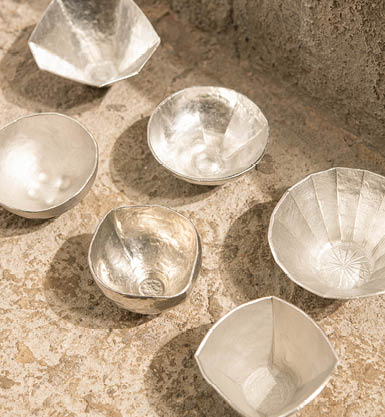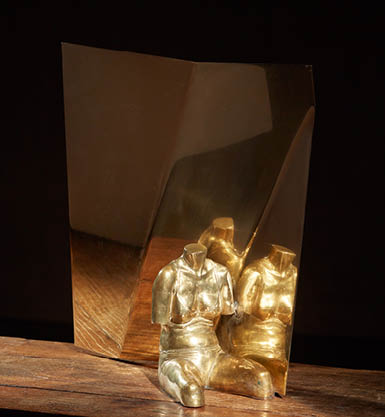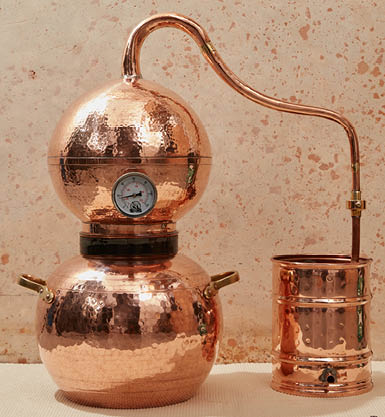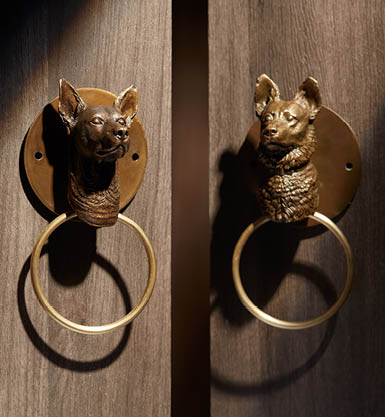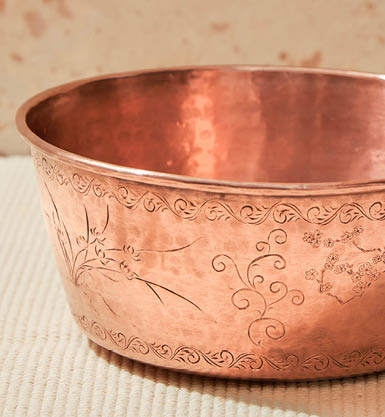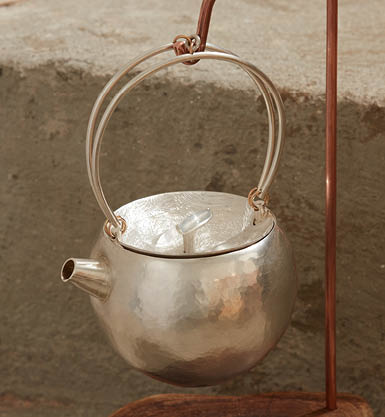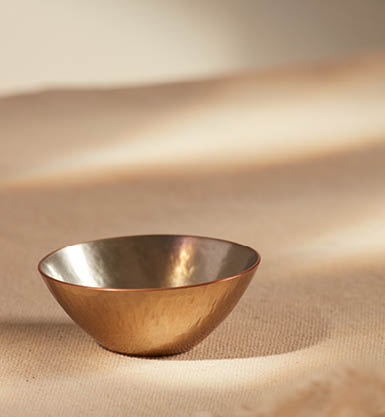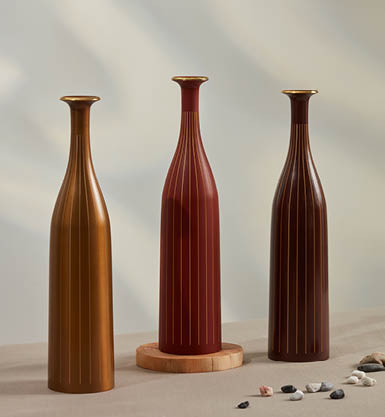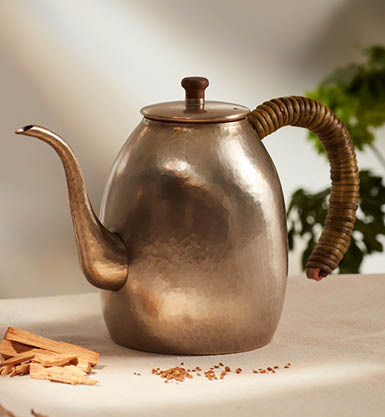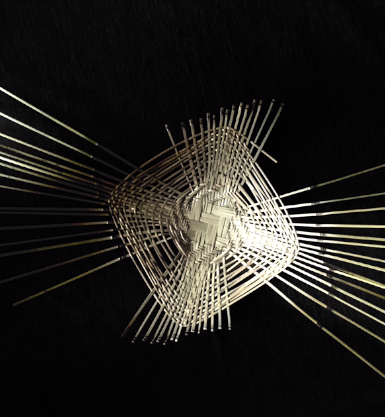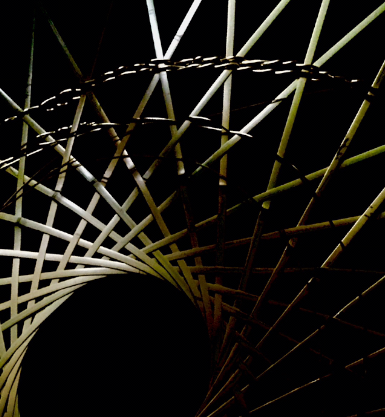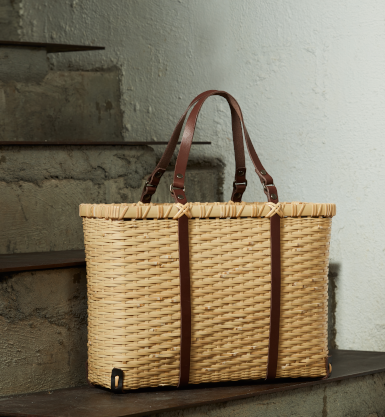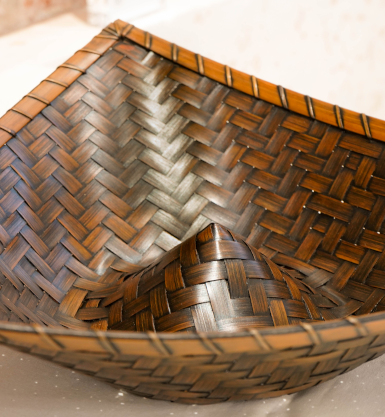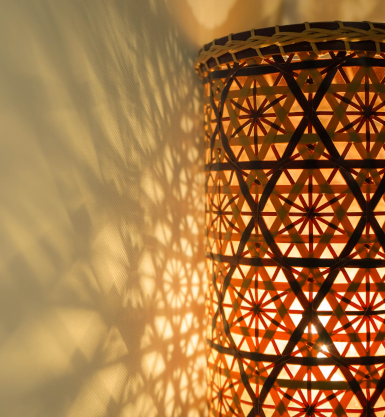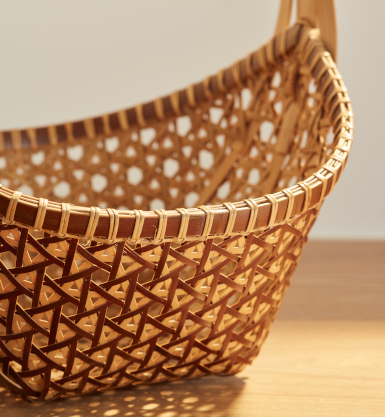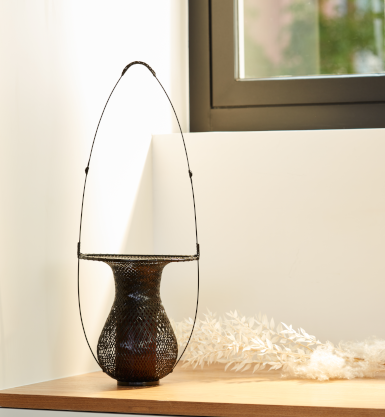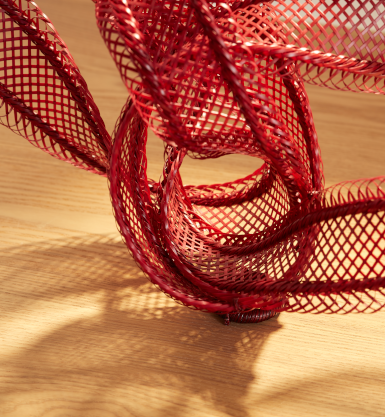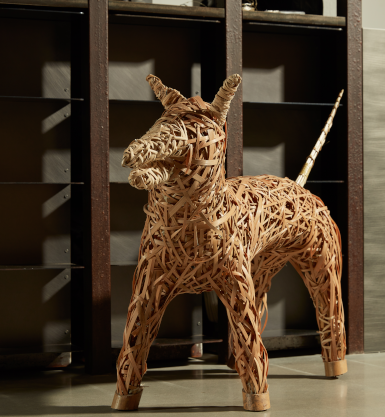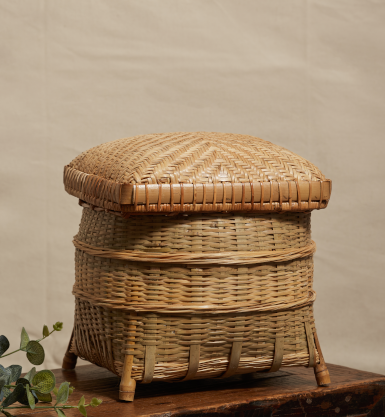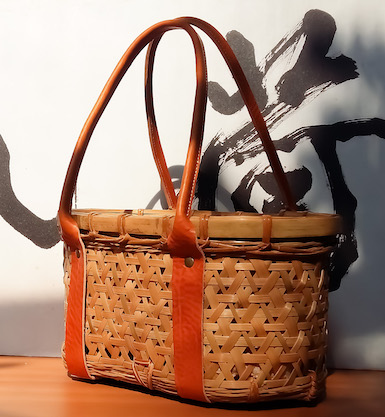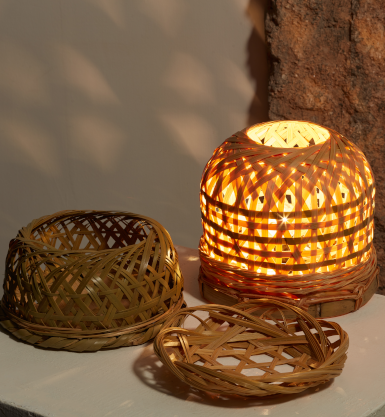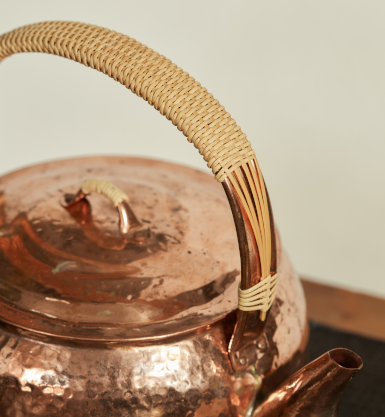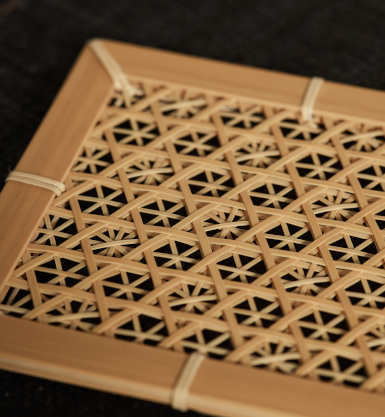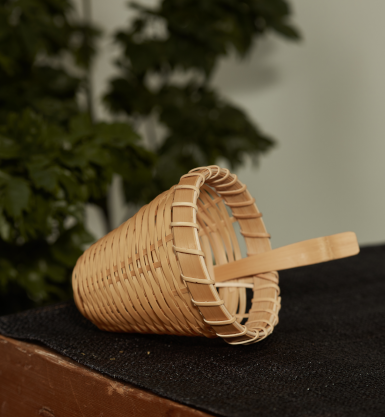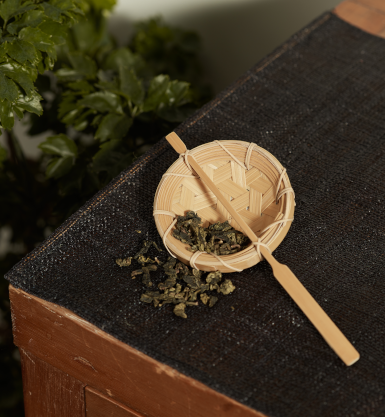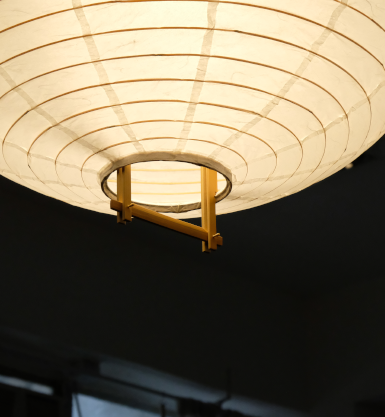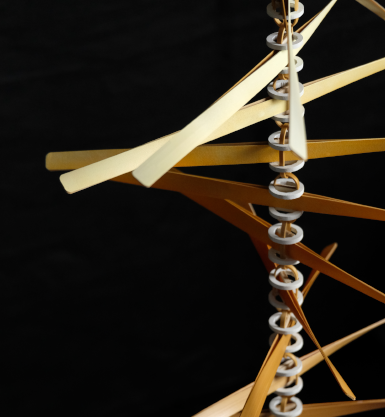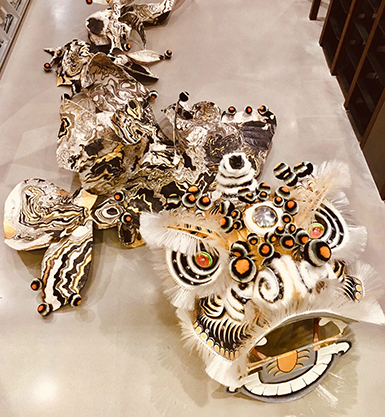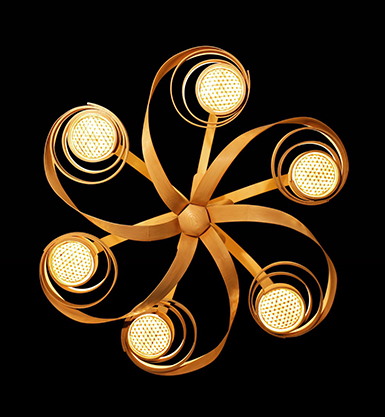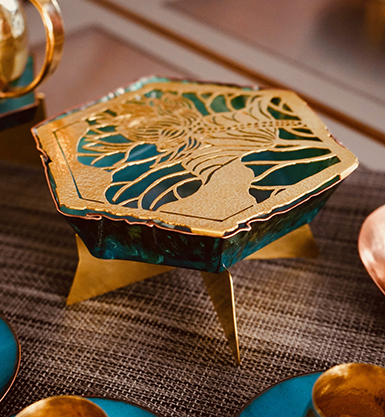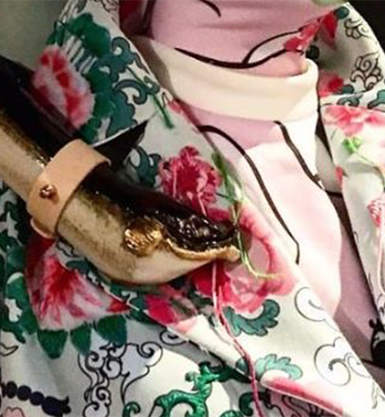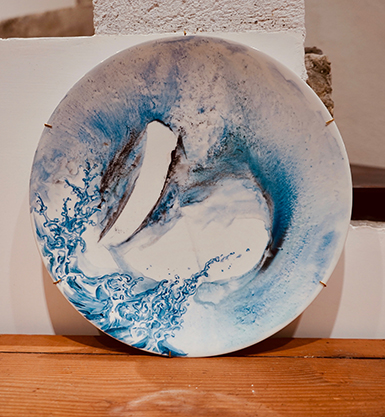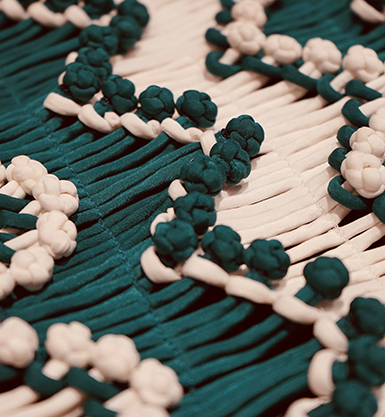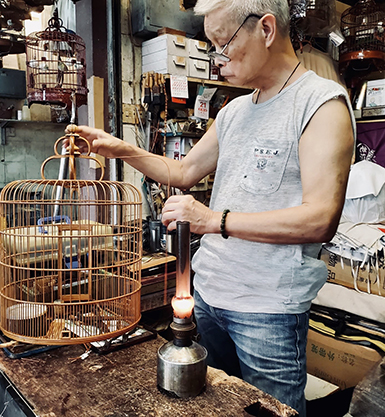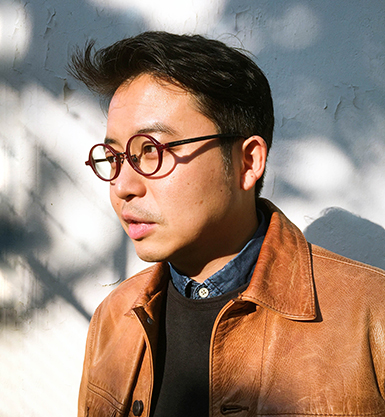Pavo
The name PAVO refers to a genus of peafowl which flaunts by displaying the beauty of their plumage. PAVO is a console table handmade in bamboo, using the monolithic dome structure of traditional Chinese birdcages and the unique pliability of bamboo as inspiration. In a bamboo birdcage, the force of the bamboo emerges at the top where the pressure is held by the hook. Extracting from the architectural elements of birdcage, the PAVO console is held by pressure only, without any glue nor nails. The legs of the console are comprised of 96 pieces of 6 mm bamboo sticks, where the force is transferred to the ground and held together by brass brackets. Each of the four legs are adjustable to adapt to different floor conditions.
Story of the Traditional Craft
In the 50s and 60s, locals in Hong Kong loved carrying their birdcages to tea houses to enjoy tea and dim sum, which in Cantonese is known as yum cha (literal: drink tea) or taan cha (literal: enjoy tea. The word “taan” means to enjoy). The chirping sounds of the birds mingling with the mundane conversations among the tea drinkers create a bustling local scene. However, as time passed, and with the closing down of a majority of the traditional Chinese tea houses, this lively daily scene is now nowhere to be seen.
Although there is no longer demand for handcrafted birdcage, to preserve the craft of birdcage making, Master Chan remains dedicated and persistent in restoring birdcages and learning different crafting techniques in order to perpetuate the craftsmanship. He believes that the birdcage repair process is one that is versatile, as whatever technique the birdcage master uses, he will have to adapt to it, instead of employing his own techniques. It will be futile to come up with a more beautiful cage during the repair process, as it would not match with the style of the old cage. Hence, Master Chan thinks that to only concentrate on the skill of birdcage crafting is mind-narrowing, whereas the repair process could reveal the versatility of the craft.
Master Chan thinks that to learn about birdcage crafting, one must first develop an interest in birdcages. Besides, the character of the person is also crucial. Back in the day, Master Chan’s teacher Cheuk Hong decided to pass on the craftsmanship to him as he appreciated his concentration and devotion in the craft.
|
|
Making Process
Every piece of bamboo and wood undergo an intricate process of selection, which is susceptible to change according to the time and the seasons.
The bamboo has to be selected from an old batch, the older the better, and the most well-known ones come from Qingyuan in Guangdong province. The wood selection is based on mahogany, rosewood and boxwood, and among them, the most durable is boxwood, which is also the most expensive. The birdcage crafting process is very complicated, which begins with the bottom part, and according to Master Chan, this is the soul of the entire birdcage, as it determines the actual size of the cage.
For the body of the birdcage, the old bamboo has to be dehydrated and processed, cut into strips and branches, then by putting them through a small sheet of metal filled with holes, the bamboo branches are stretched to even thinner sticks. The bamboo sticks are then soaked in hot water, and as they are softened, the part that needs to be bent will be flipped back and forth on top of a kerosene lamp, and color will be applied afterwards. The bamboo sticks will then be inserted into the small holes on the bottom part, and the body of the cage will be combined with the wooden base. Finally, the birdcage completes with a stainless steel hook on the top.
A birdcage has a complex structure, characterized by different shapes, patterns and colors. It is the result of the craftsman’s perseverance on the traditional technique, as well as his ideas in creating cages to cater for different kinds of birds. The whole creation process is very strenuous, and it normally takes around two months from the selection of raw materials to the completion of a birdcage.
Artworks from same series
OTHER WORKS FROM EXHIBITION
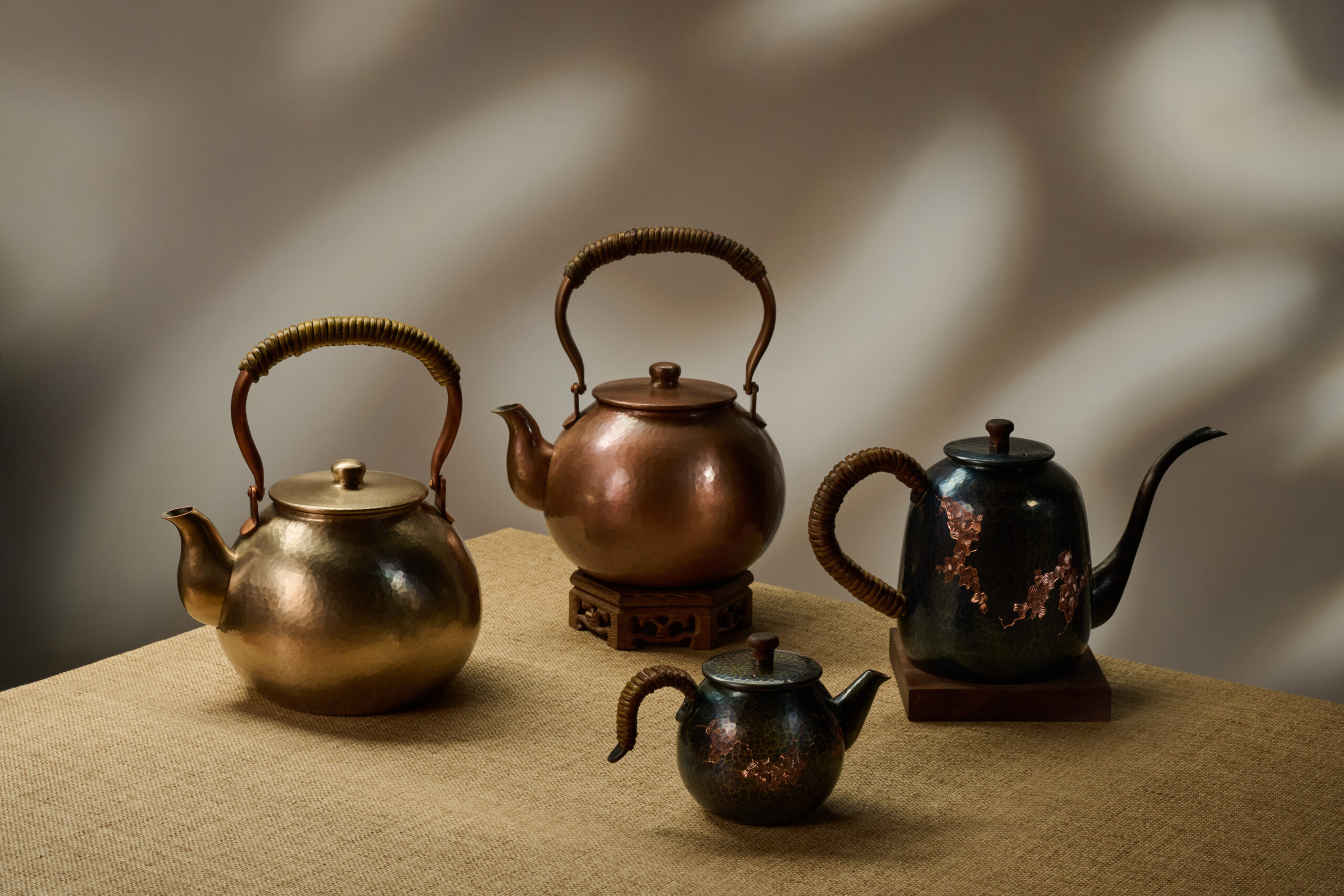
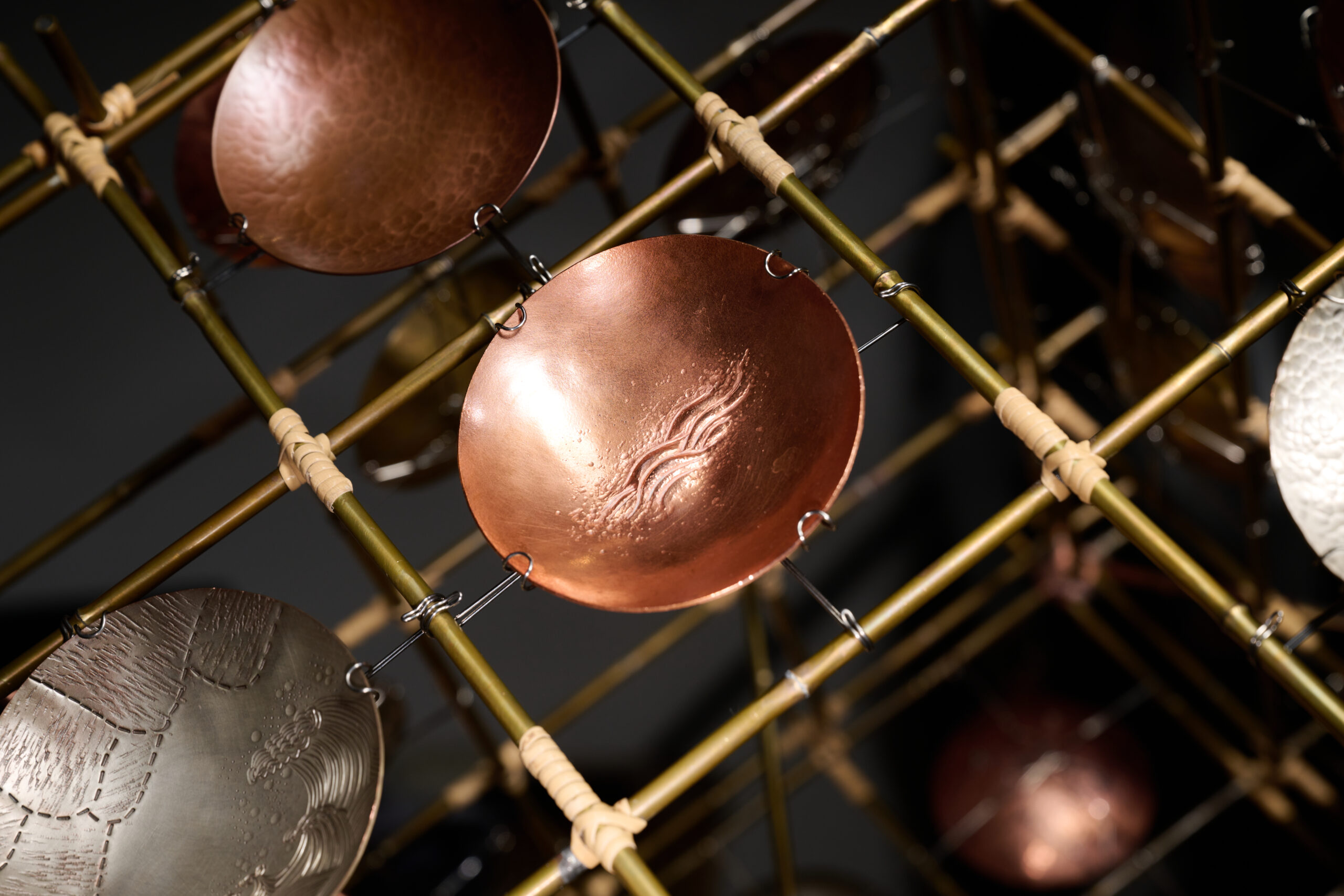
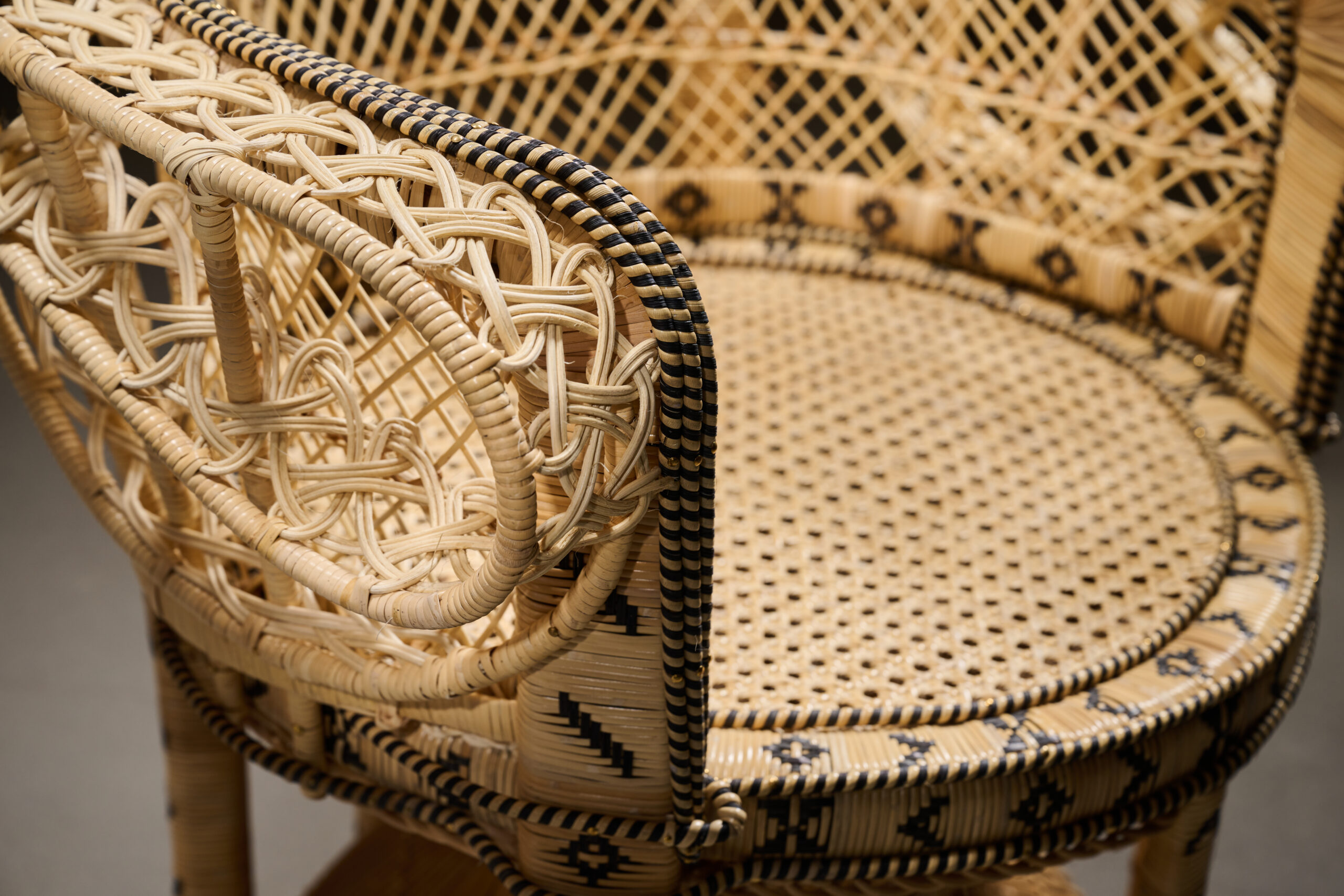
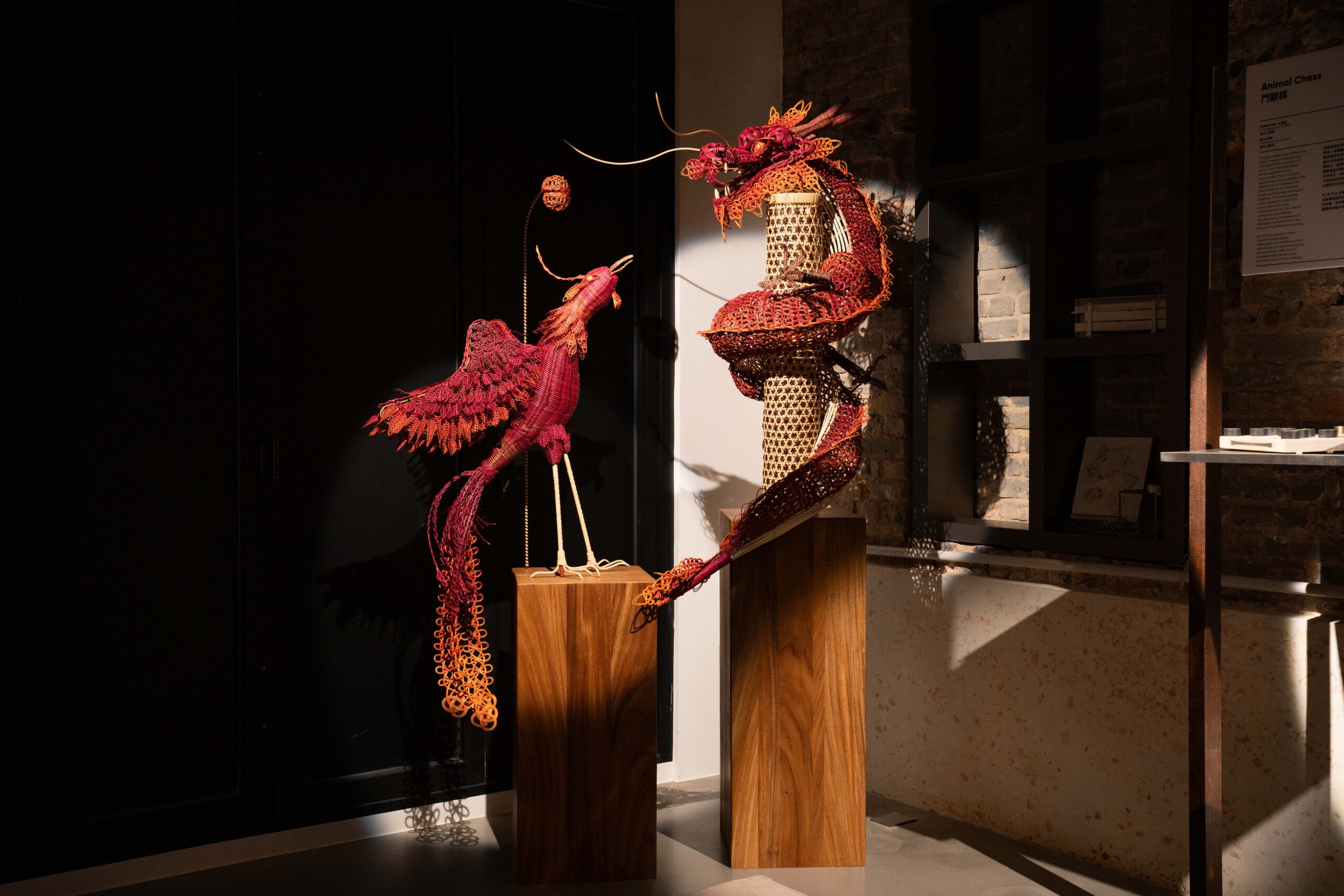
Auspicious Horizons
Yue Kee Rattan Factory & Ahung Masikadd & Barnard Chan & Cecilia Lai


